Media | Articles
Final Parking Space: 1980 Mercury Zephyr Z-7 Turbocharged Sports Coupe
When it comes to the Ford Fox Body, the Mustang Foxes have generally received most of the enthusiast attention. There were plenty of other performance-oriented members of the Fox Family built during the platform’s 1978-1993 reign, though, and today we’re going to take a look at one of the rarest of them all: Mercury’s one-model-year-only turbocharged Zephyr coupe, found in the same Denver-area self-service car graveyard that brought us last week’s 1954 Dodge Meadowbrook.

Before you Box Fox fanatics begin crazed 120-mph runs in tool-stuffed Fairmont wagons on the quickest possible road to the Centennial State, I’m going to give you the bad news right now: this car got stripped of its front body components and most of its interior within a day— maybe it was hours— of my initial photo session.

Now we’ll have a bit of Zephyr history. Ford developed the Fox platform to replace the chassis family that began life under the 1960 Falcon, and it debuted with the 1978 Ford Fairmont and its Mercurized twin, the Zephyr (the Fox Mustang/Capri had to wait until 1979).

The new Foxes were lighter, nimbler and more fuel-efficient than their predecessors, and sales were strong right off the bat. Fairmont shoppers looking for something a little more rakish could skip the sensible sedans and wagons and get behind the wheel of a snazzy new coupe version, badged as the Futura.

Because nearly every Ford model at that time required a Mercury doppelgänger, Mercury got its own version known as the Zephyr Z-7.
Marketplace
Buy and sell classics with confidence
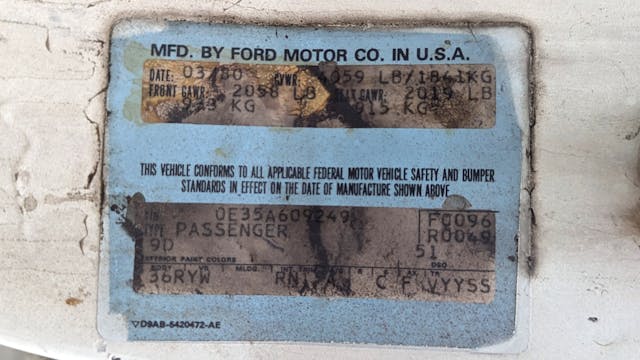
The build tag tells us that this car was born at the Mahwah Assembly plant in New Jersey, about nine months before the factory was shut down forever (I shot a Mahwah-built ’64 Mercury Montclair at a Denver junkyard about a year ago). The DSO code of 51 indicates that it was sold out of Ford’s Denver office.
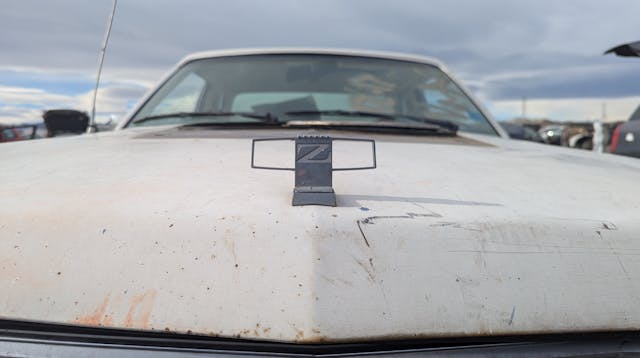
The Zephyr name goes way back in Ford Motor Company history. Lincoln first used the name on 1936 models, followed by Ford of Britain from 1950 through 1972 (and the Ford Zephyr was available in left-hand-drive form in the United States). The Mercury Zephyr was sold through 1983, after which it was replaced by the Topaz. Later on, there was the one-year-only 2006 Lincoln Zephyr (which became the MKZ) and it looked for a while as though Changan Ford would be building Lincoln Zephyr Reflections in China (that car was launched as the Lincoln Z).
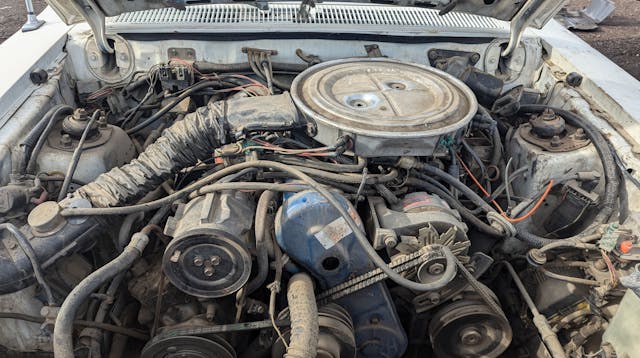
The 1980 Zephyr was available with a choice of four different engines: the base 2.3-liter “Pinto” SOHC straight-four, the ancient 200-cubic-inch Thriftpower pushrod straight-six that first saw service in 1964 Falcons, a 255-cubic-inch version of the good old Windsor pushrod V-8, and a turbocharged 2.3.

This car got the turbocharged engine, rated at 120 horsepower and 145 pound-feet.
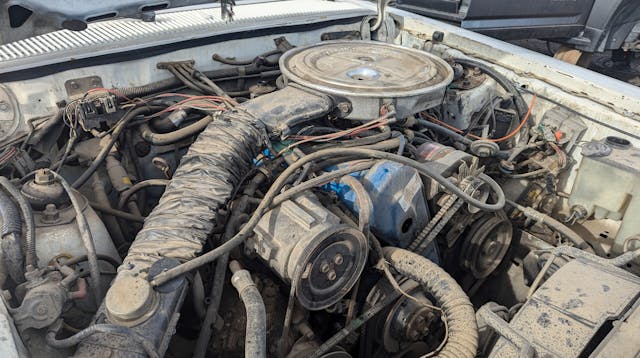
The 255 V-8 made 119 horses, but its torque was stronger at 194 pound-feet. The Thriftpower generated 91 horsepower and 160 pound-feet, while the naturally-aspirated base 2.3 was good for 88 hp and 118 pound-feet. This car had a curb weight of just 2644 pounds (just a couple hundred pounds more than a 2025 Mazda Miata, to put things in perspective), so it was respectably quick with the turbo motor.

This engine uses a draw-through design with no intercooler, with the turbocharger inhaling the fuel-air mix through a two-barrel carburetor. Turbocharged engines didn’t really become suitable for hassle-free everyday driving until the advent of electronic fuel injection in affordable cars, later in the decade.
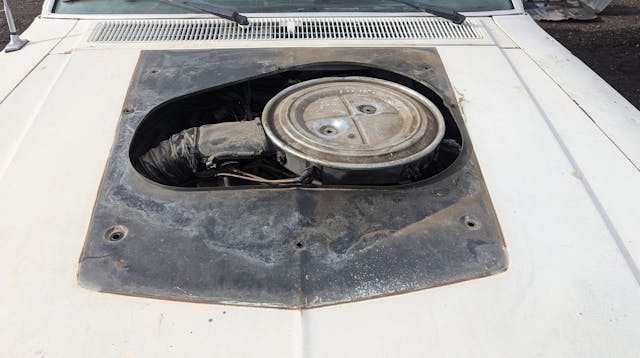
The special hood scoop was gone when I arrived the first time.
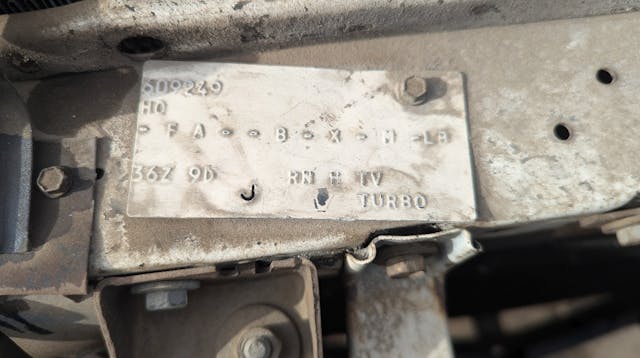
The carbureted 2.3-liter turbo engine was available in the Fox Mustang and Capri through 1981, but it was a 1980-only option for the Fairmont and Zephyr. Later in the decade, turbocharged 2.3s equipped with modern EFI made real power in the SVO Mustang, Thunderbird Turbo Coupe, and Merkur XR4ti.

The Z7’s interior was Detroit Malaise Era personal luxury coupe all the way. This car even has the optional sunroof.

Here’s what it looked like a day later.
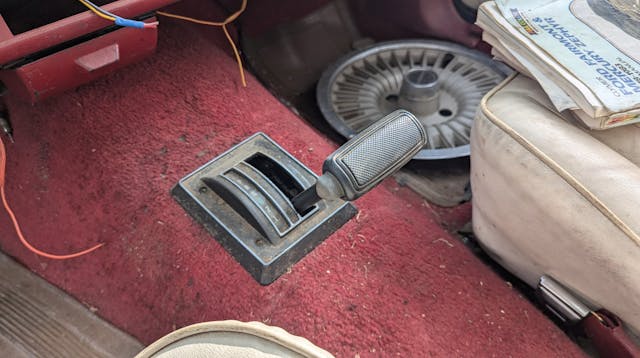
You had to get the automatic transmission with the turbocharged engine, sadly.
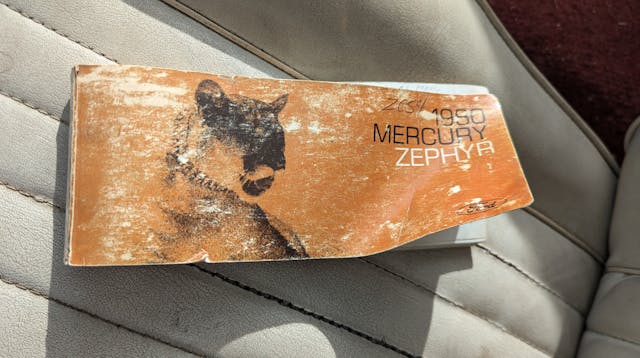
The original owner’s manual was still inside.

This note inside the manual indicates that this car was bought or at least serviced at Johnny Haas Lincoln-Mercury on West Colfax in Lakewood (just west of Denver). You could buy a new English Ford at Johnny Haas during the 1960s.
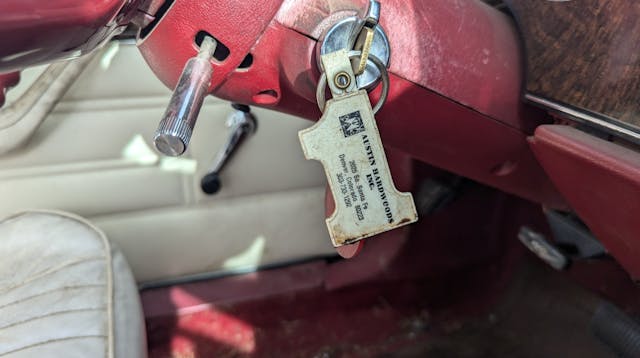
The keys were still in it at the end.
Put fire in your life with a Z-7!
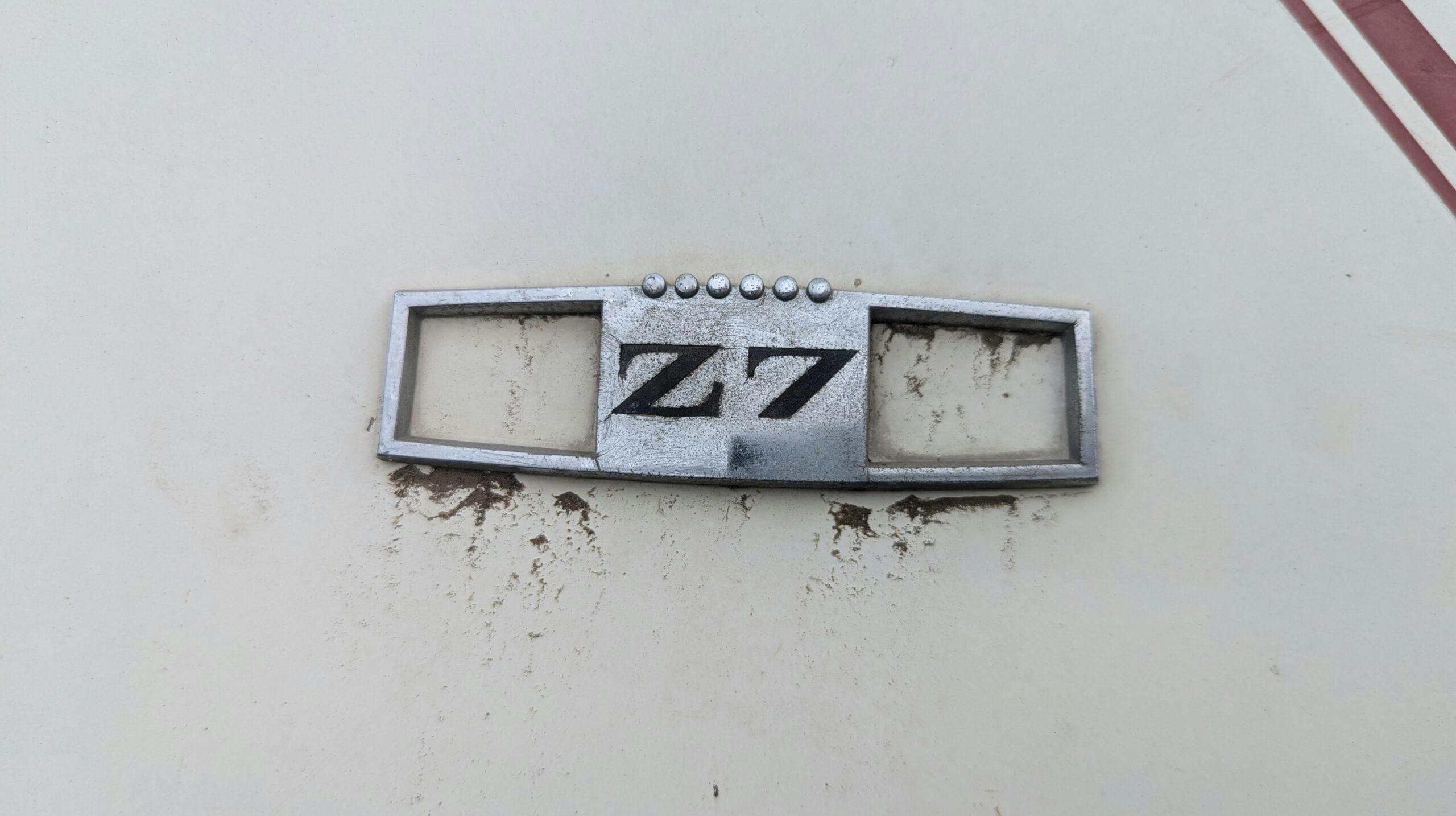
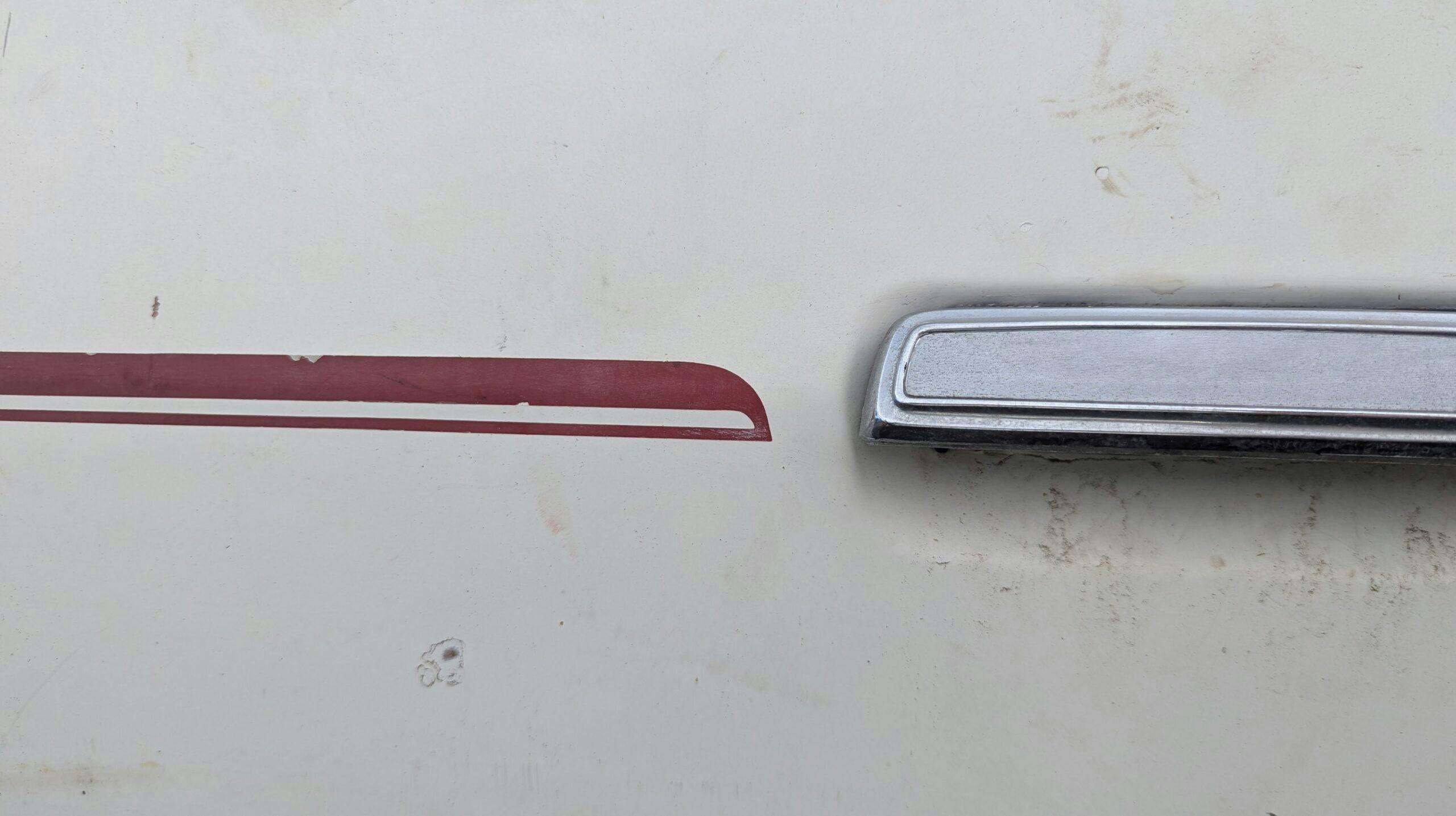

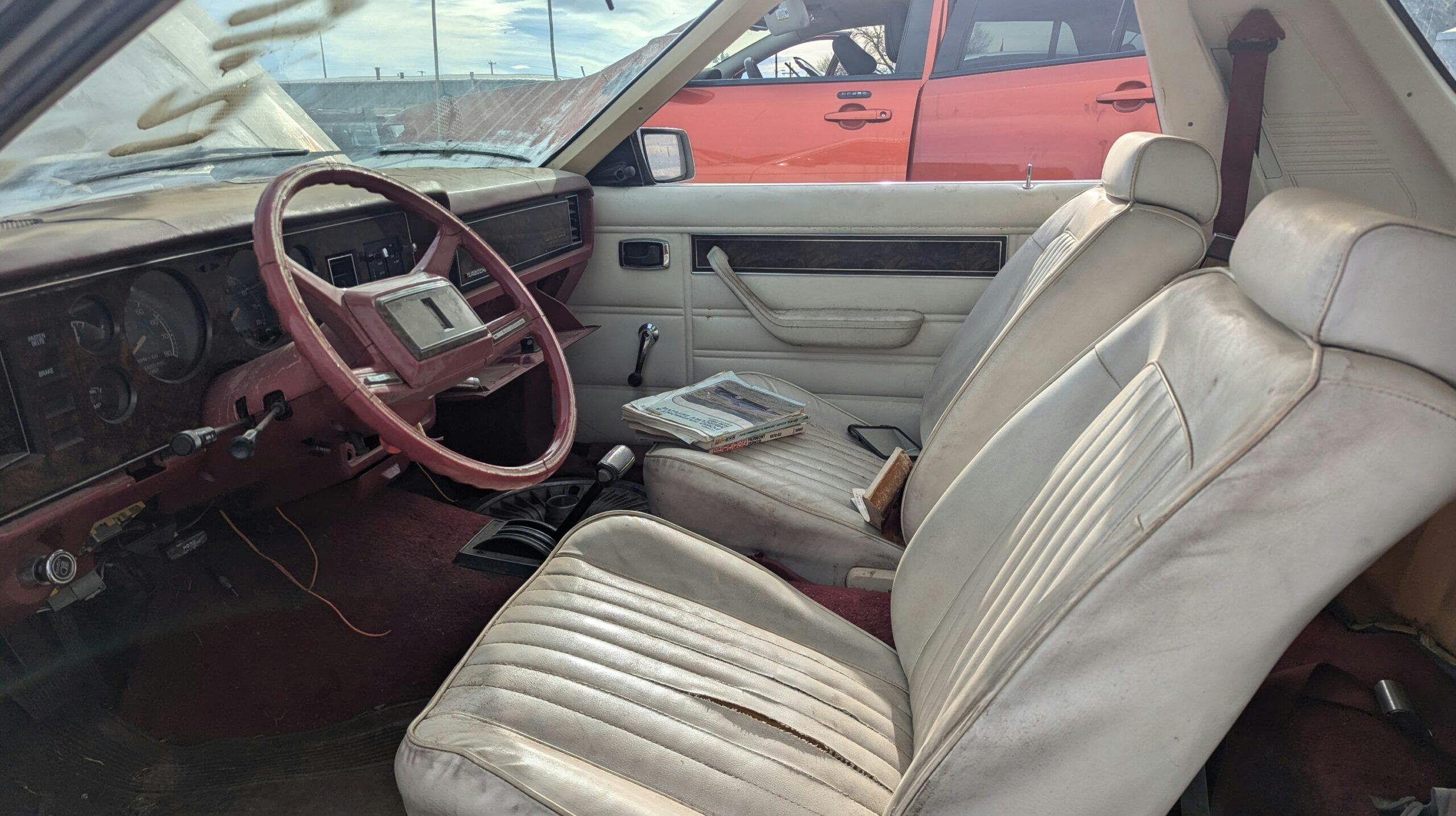

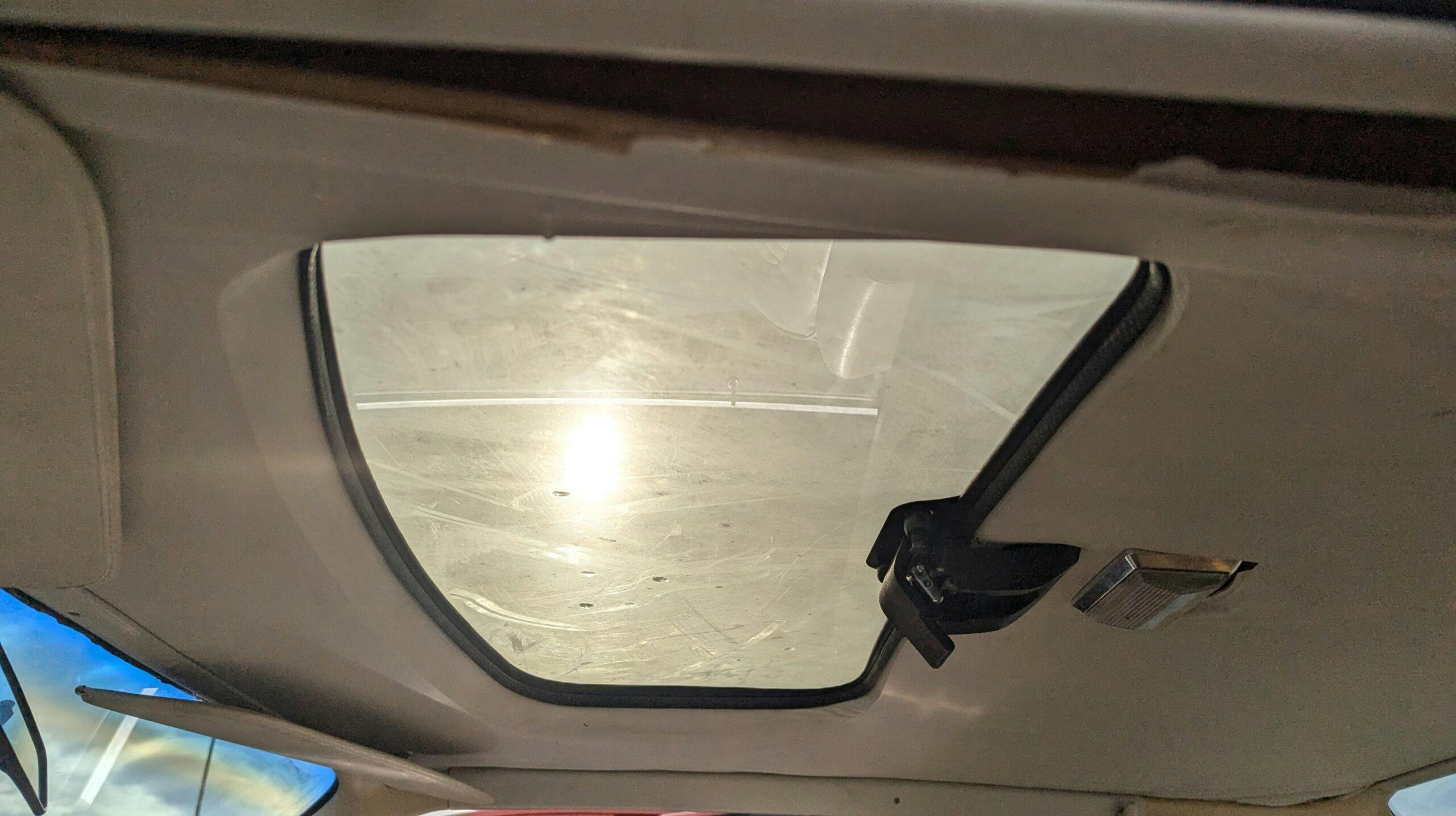
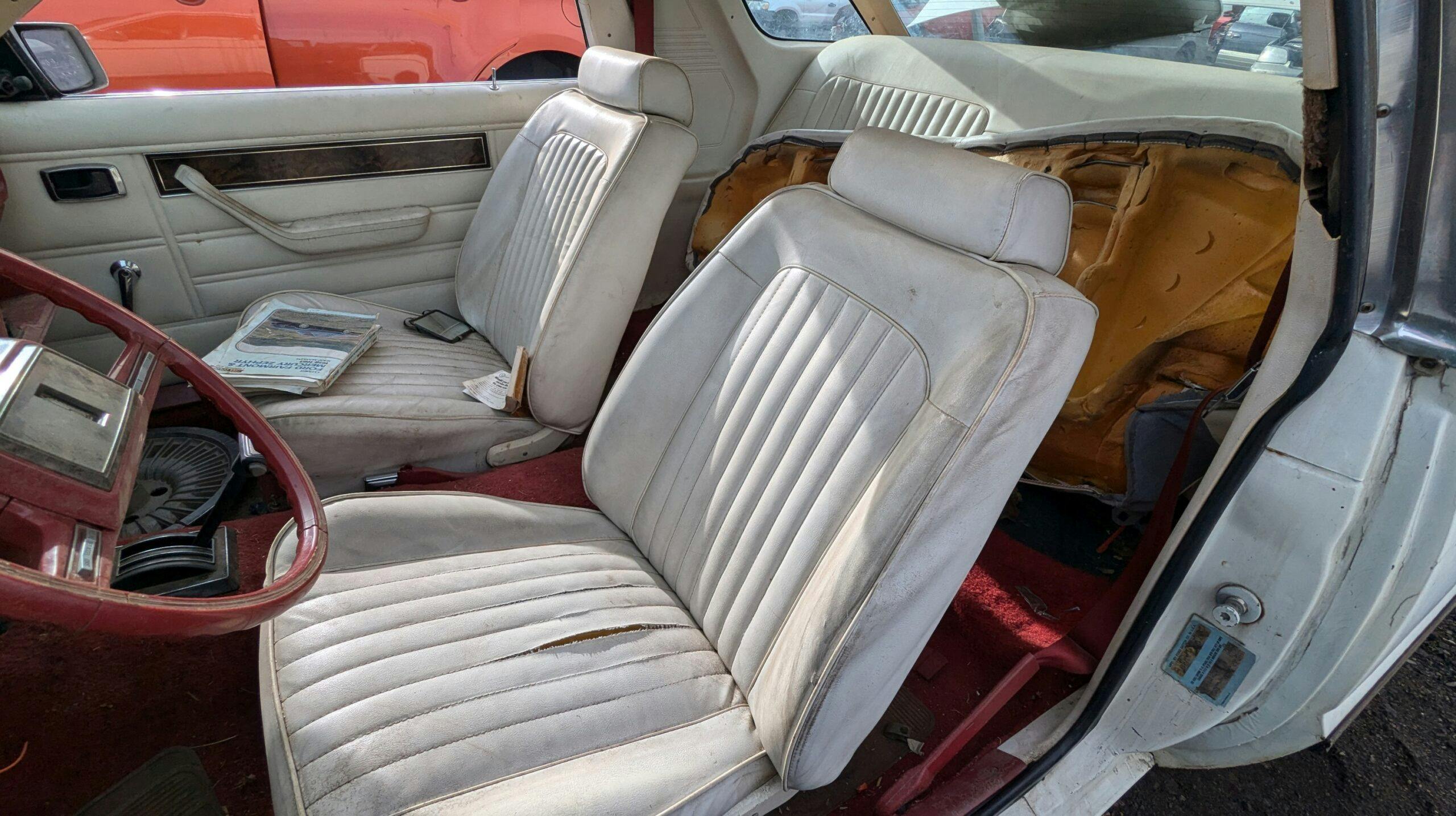
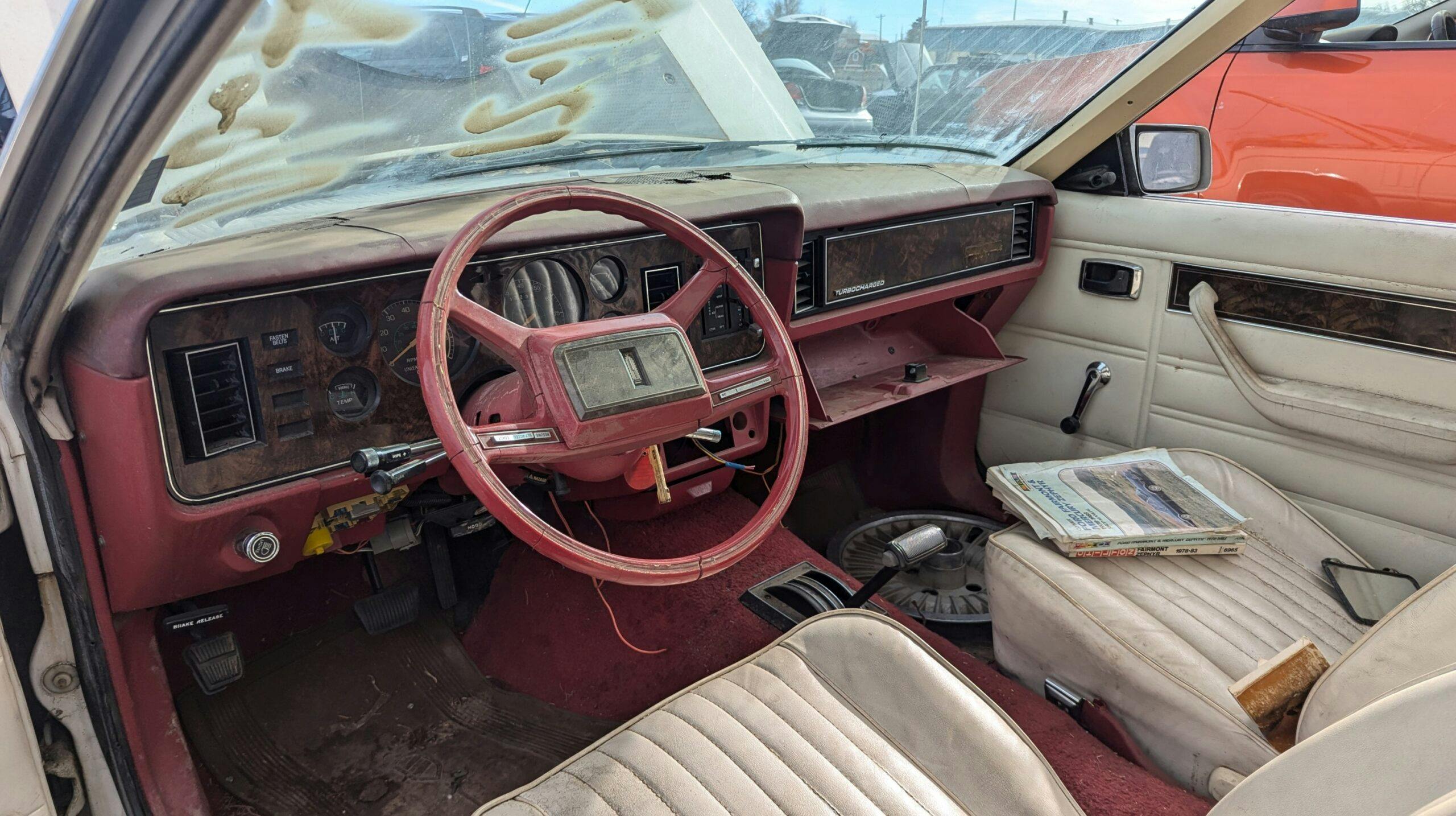
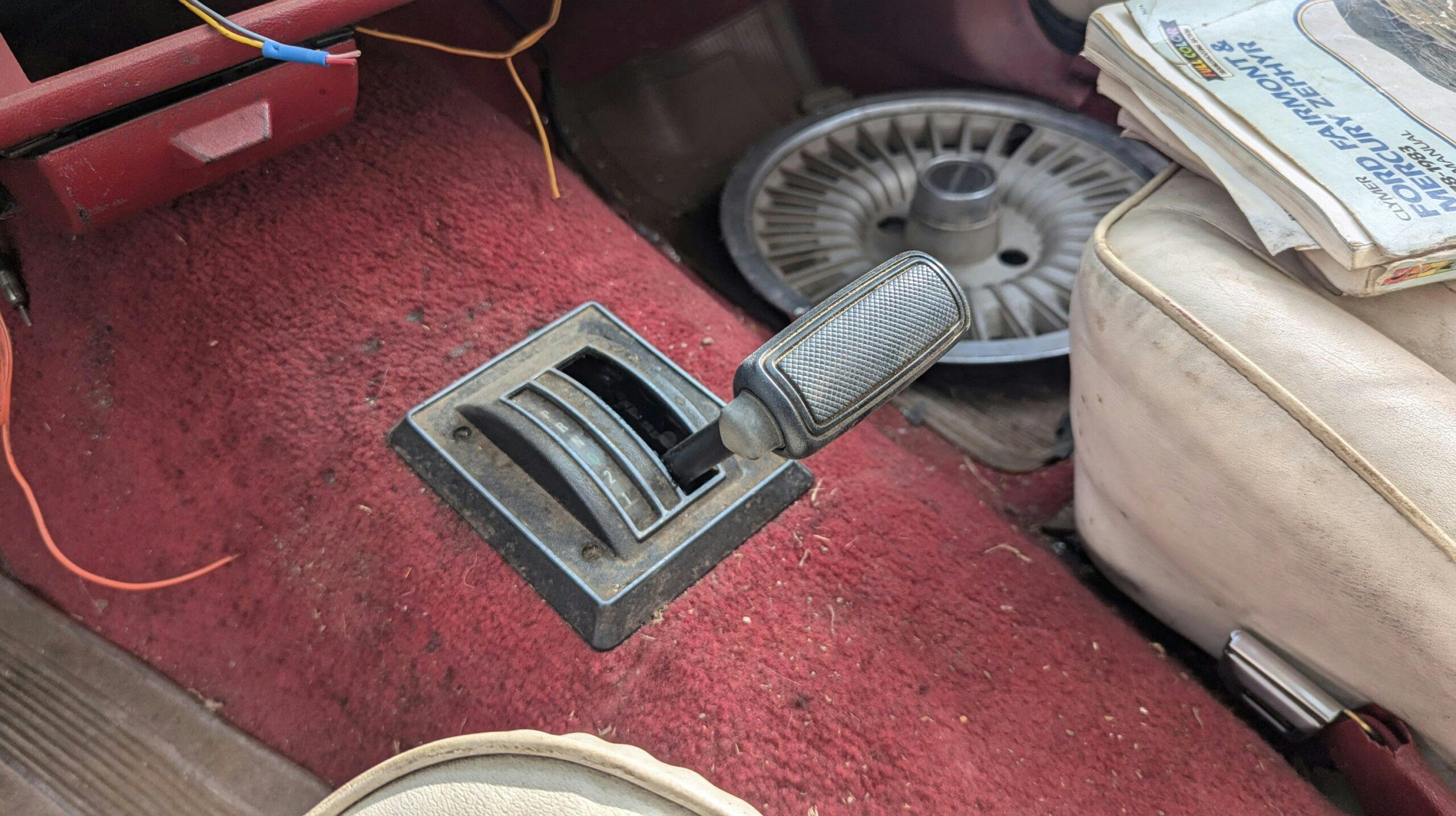
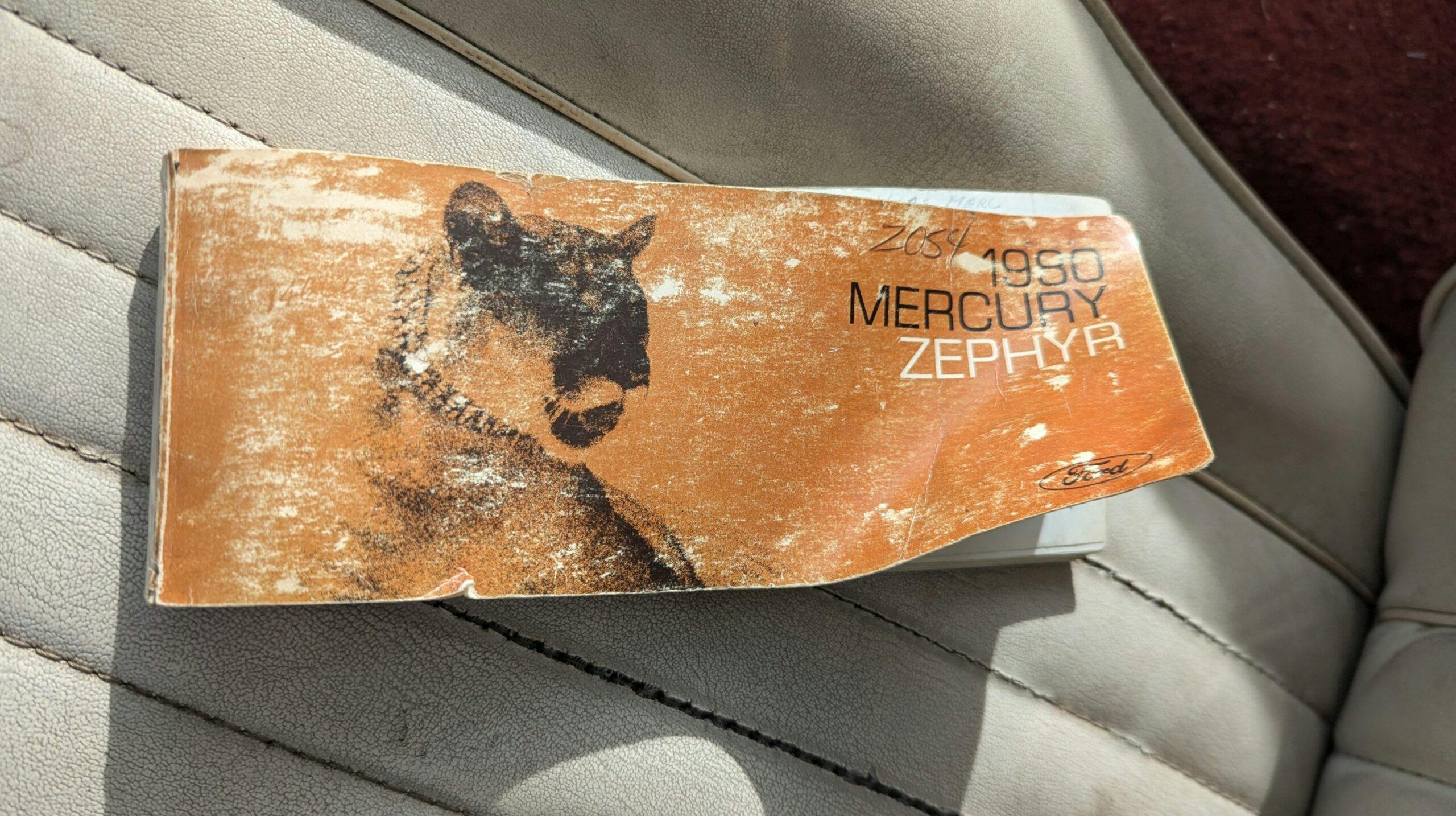


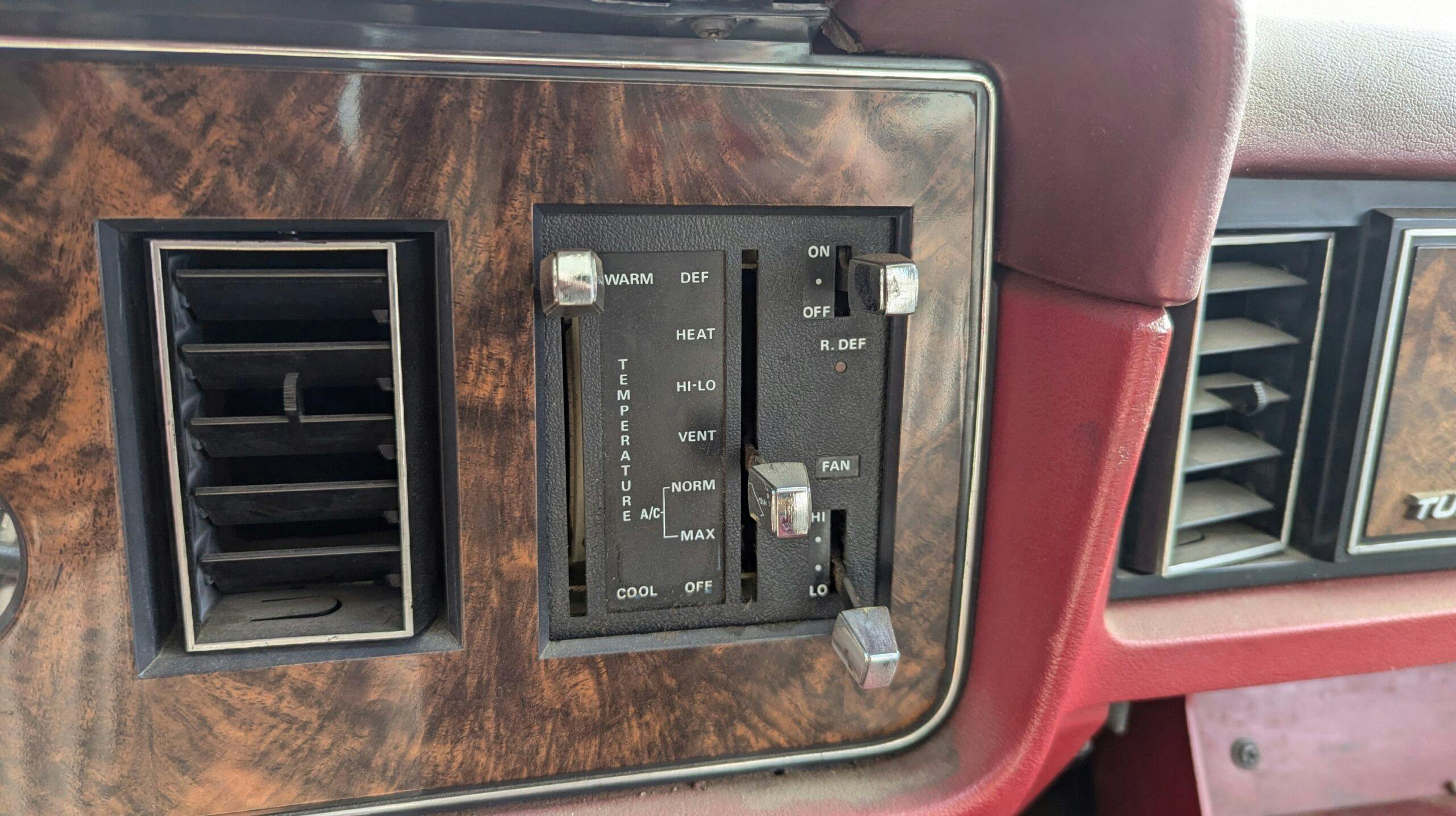
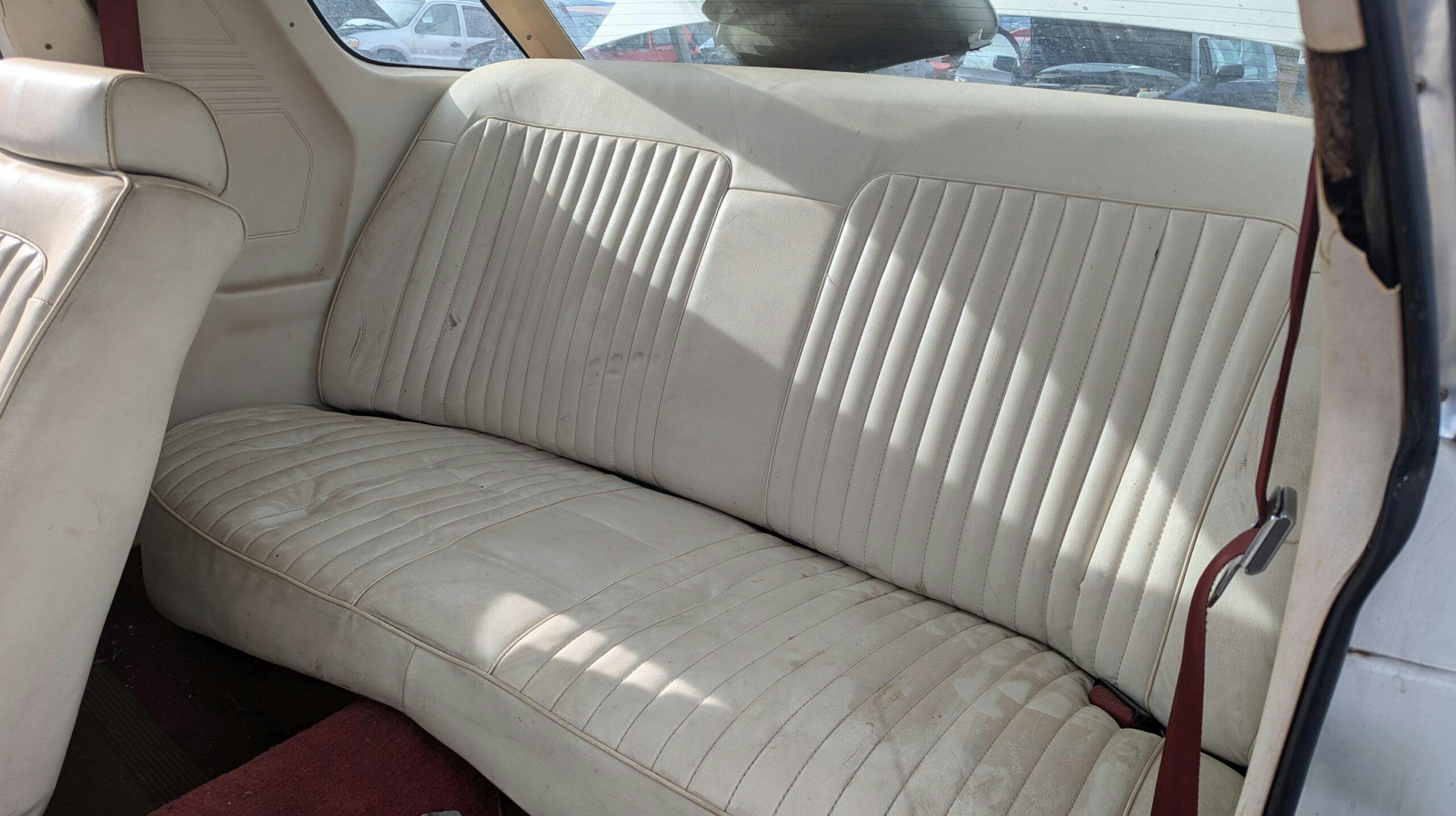
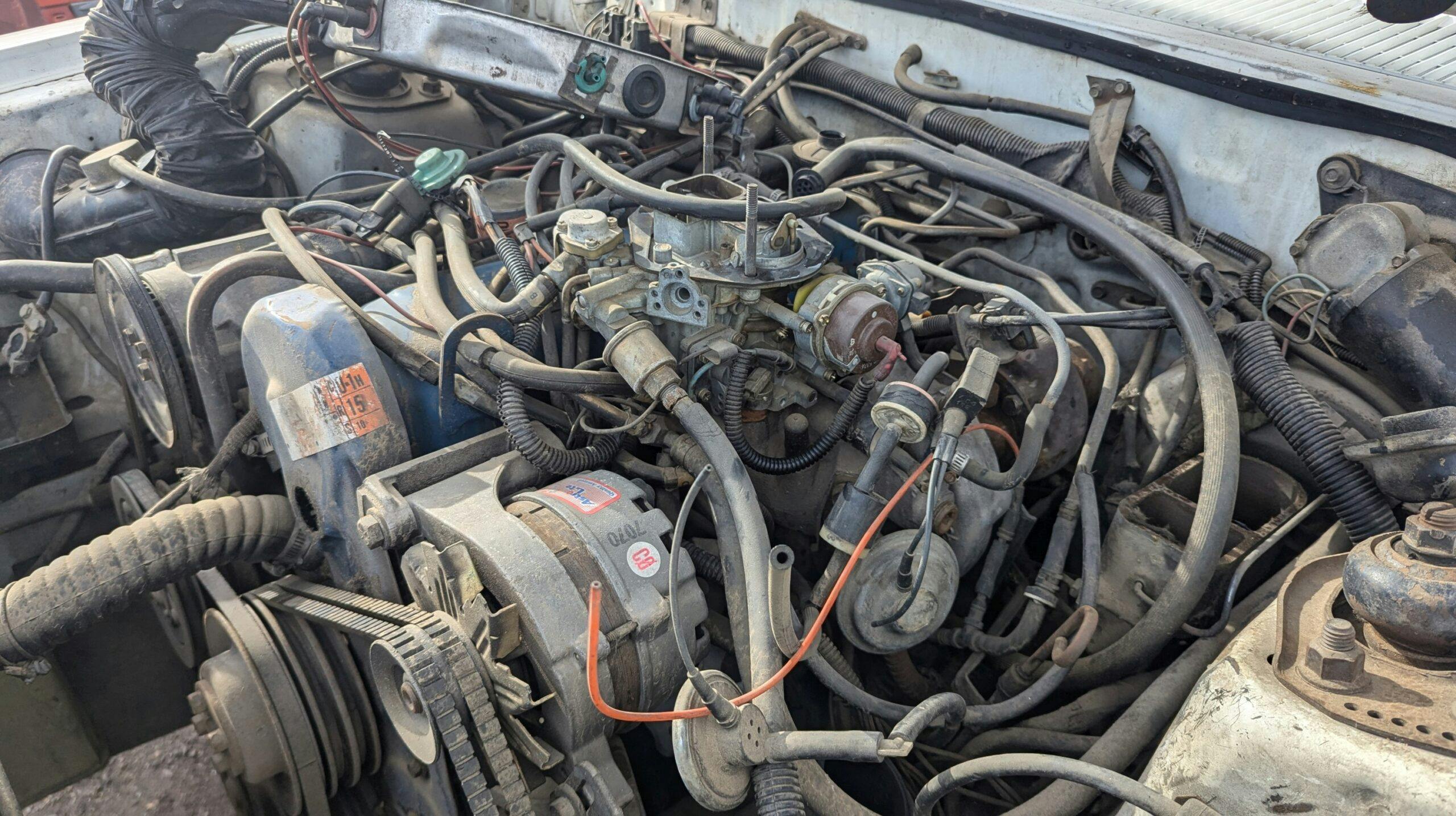
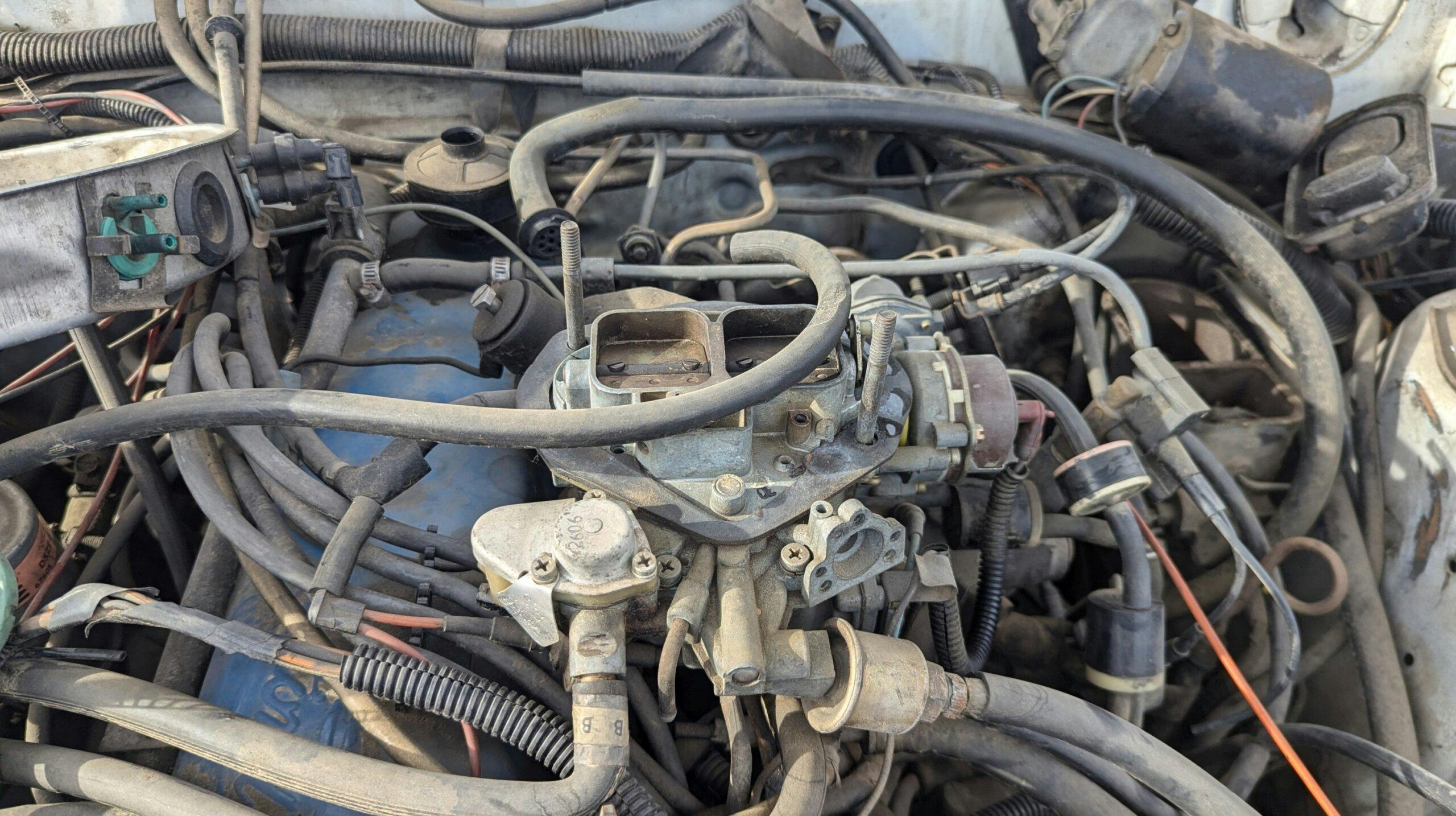
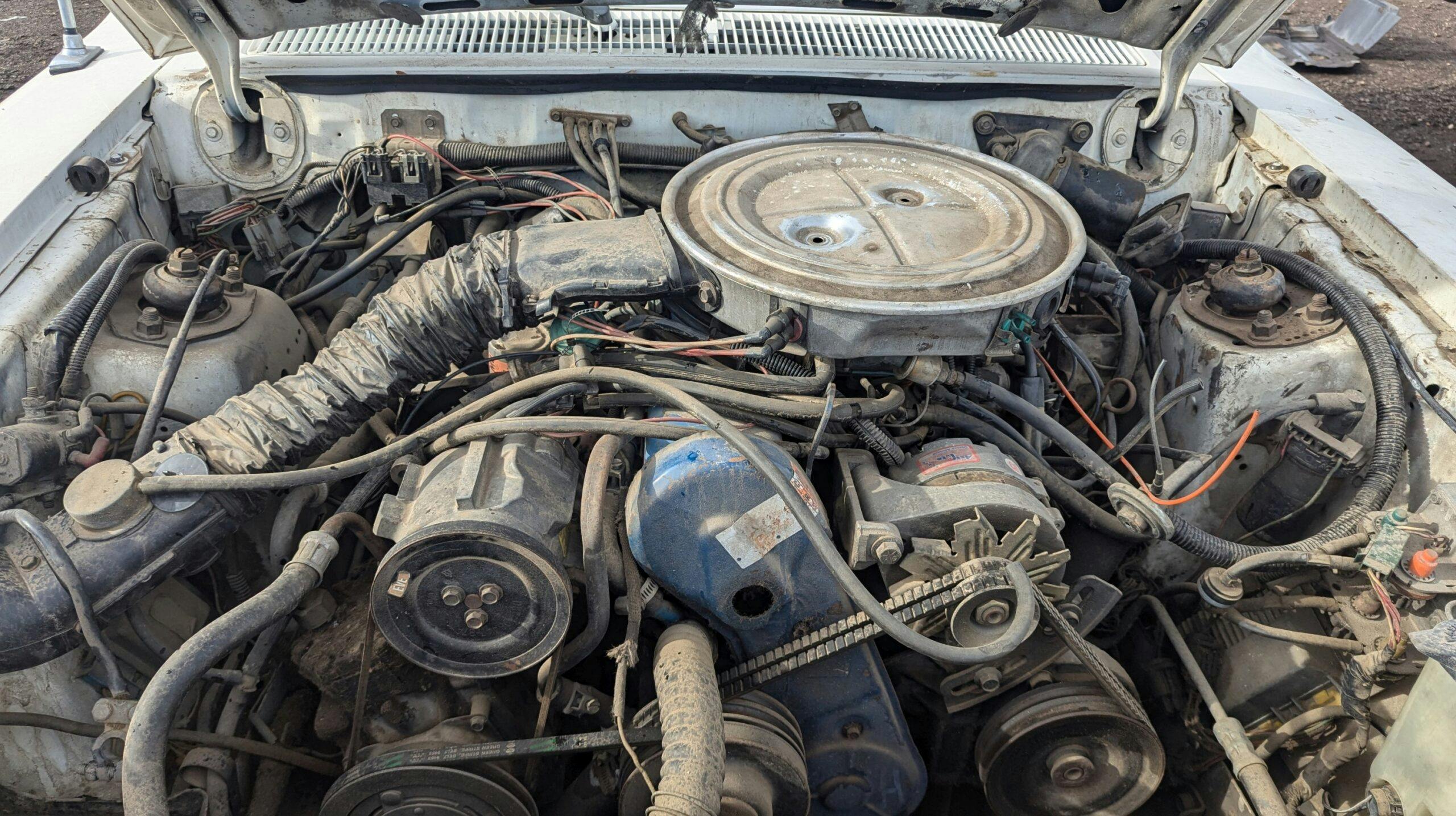


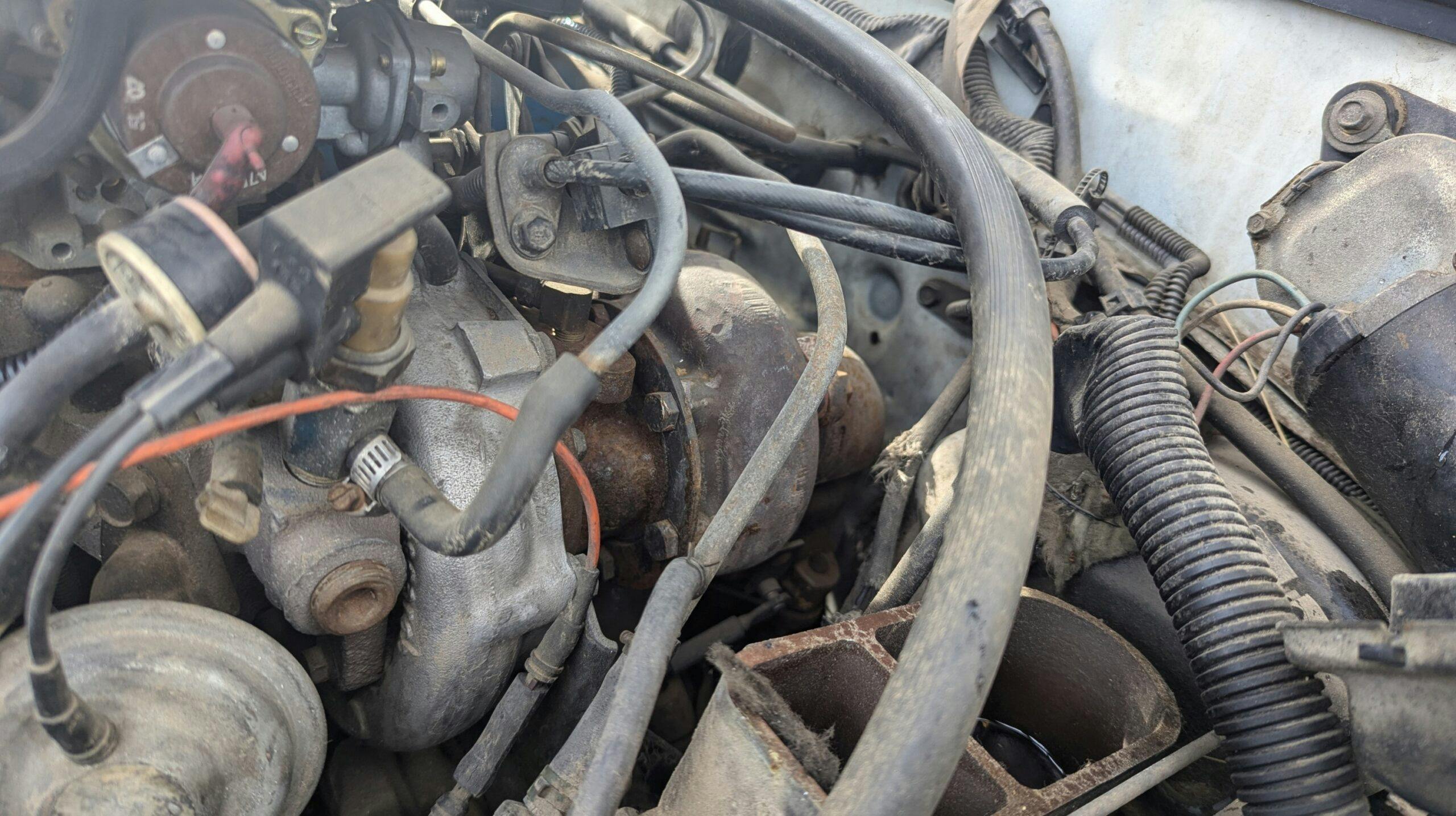
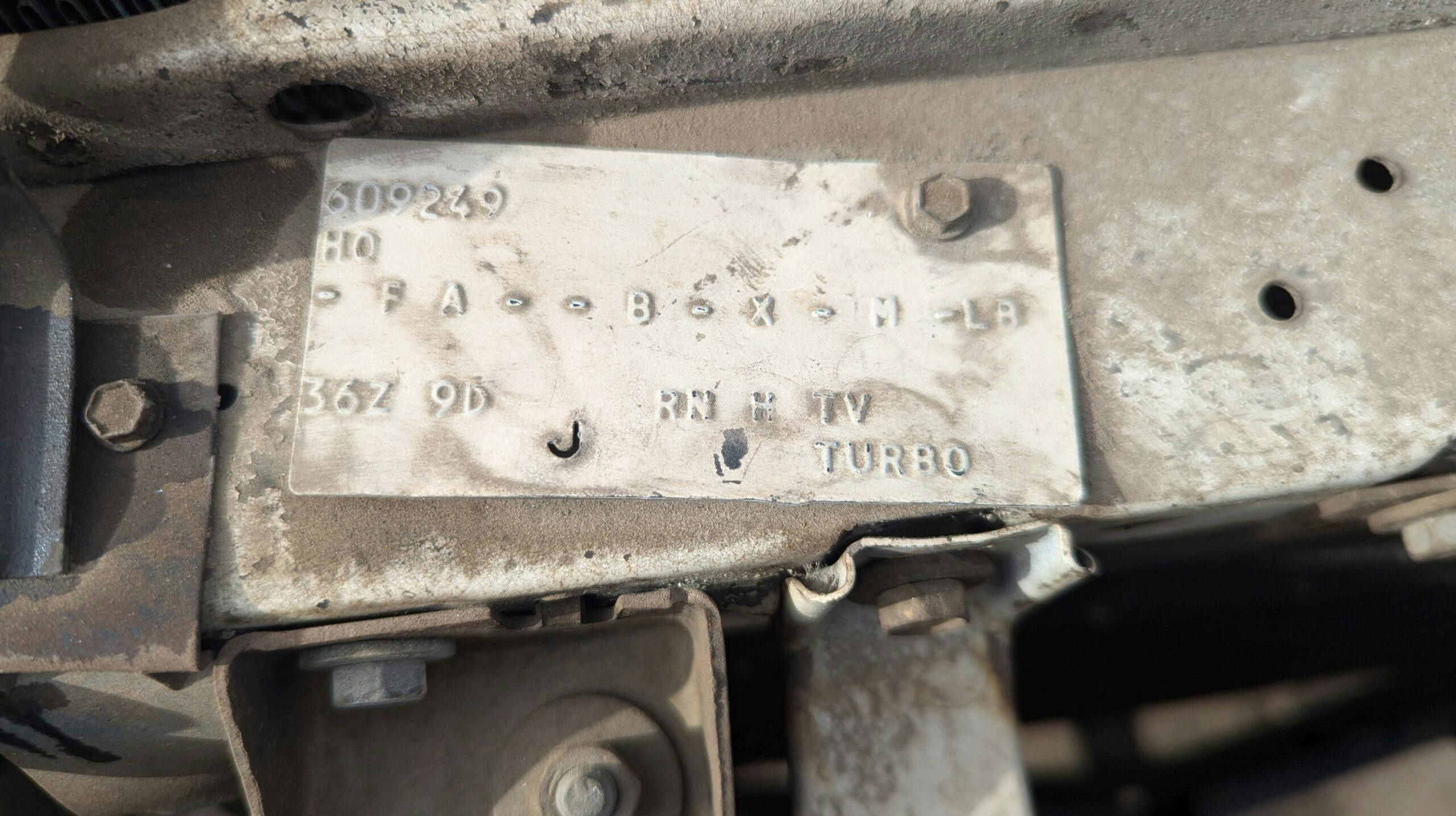
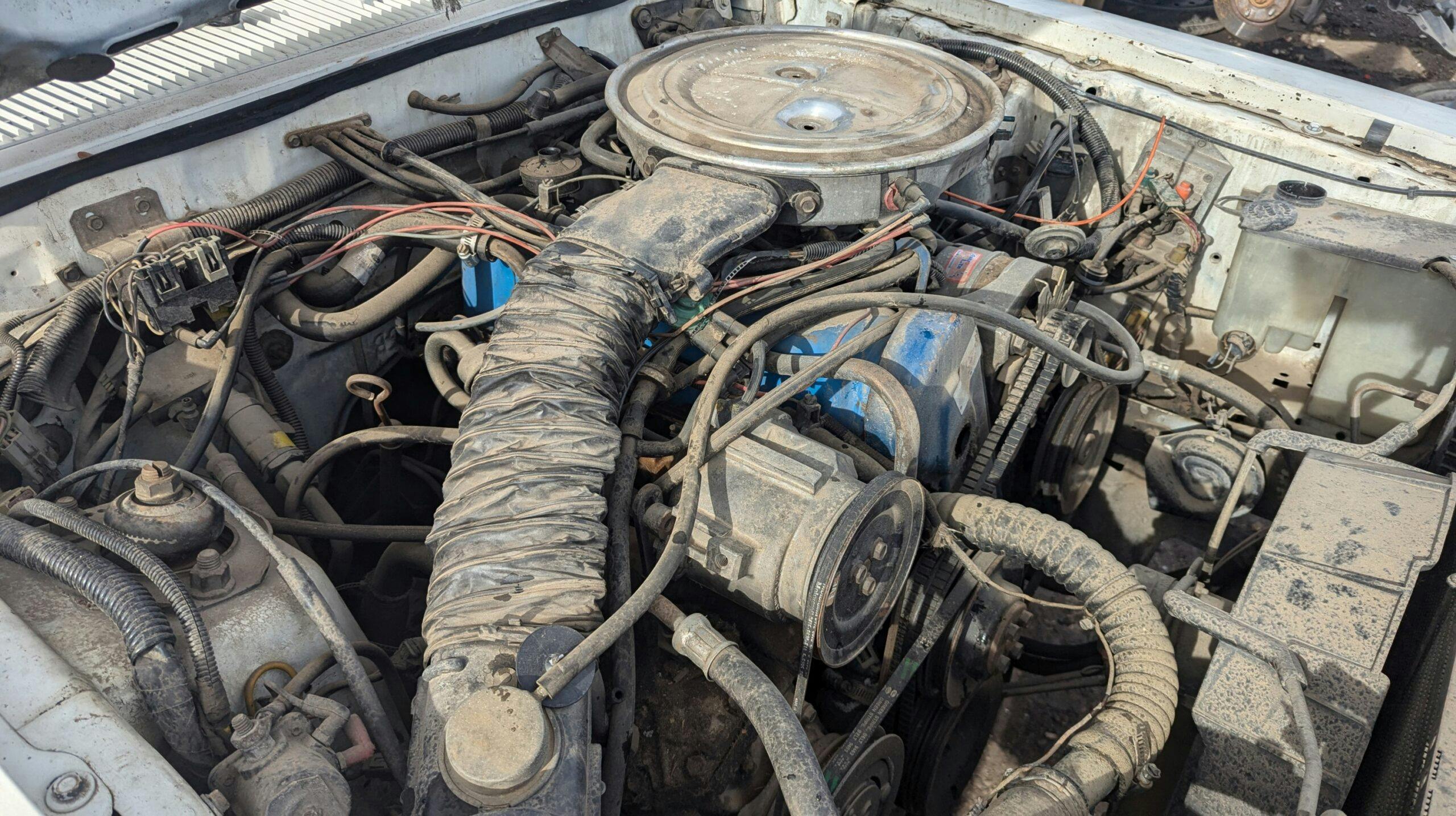
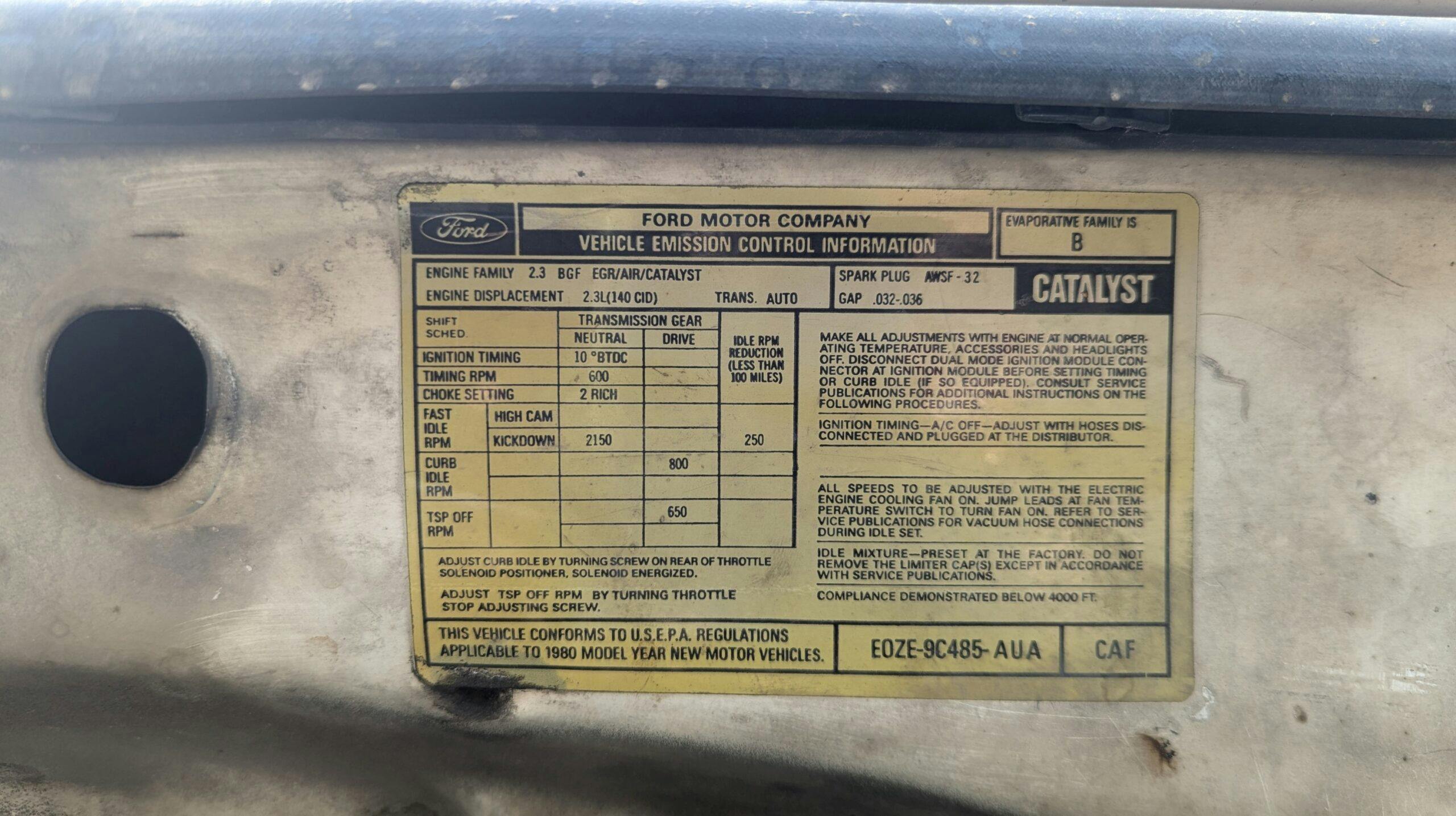

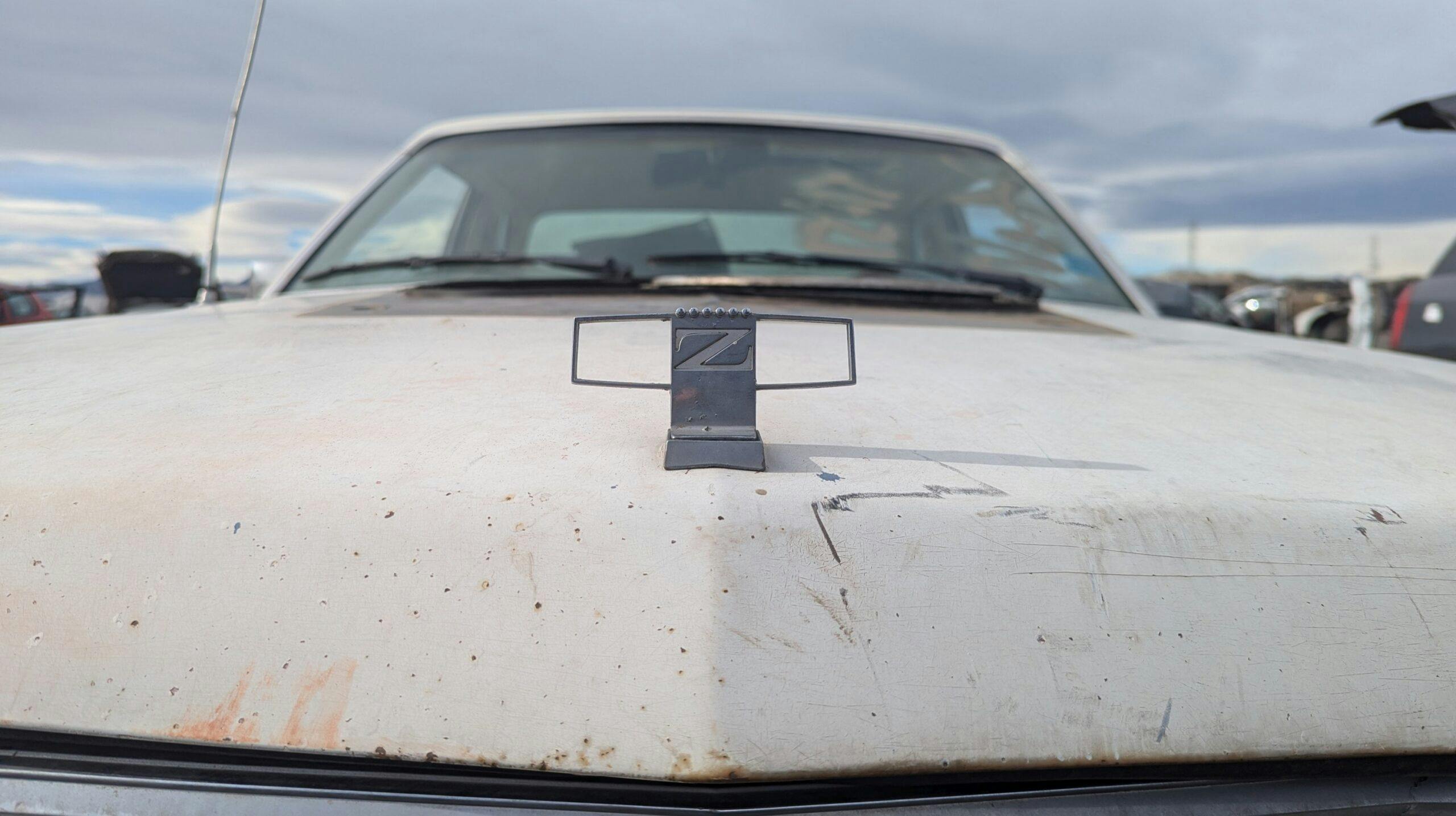
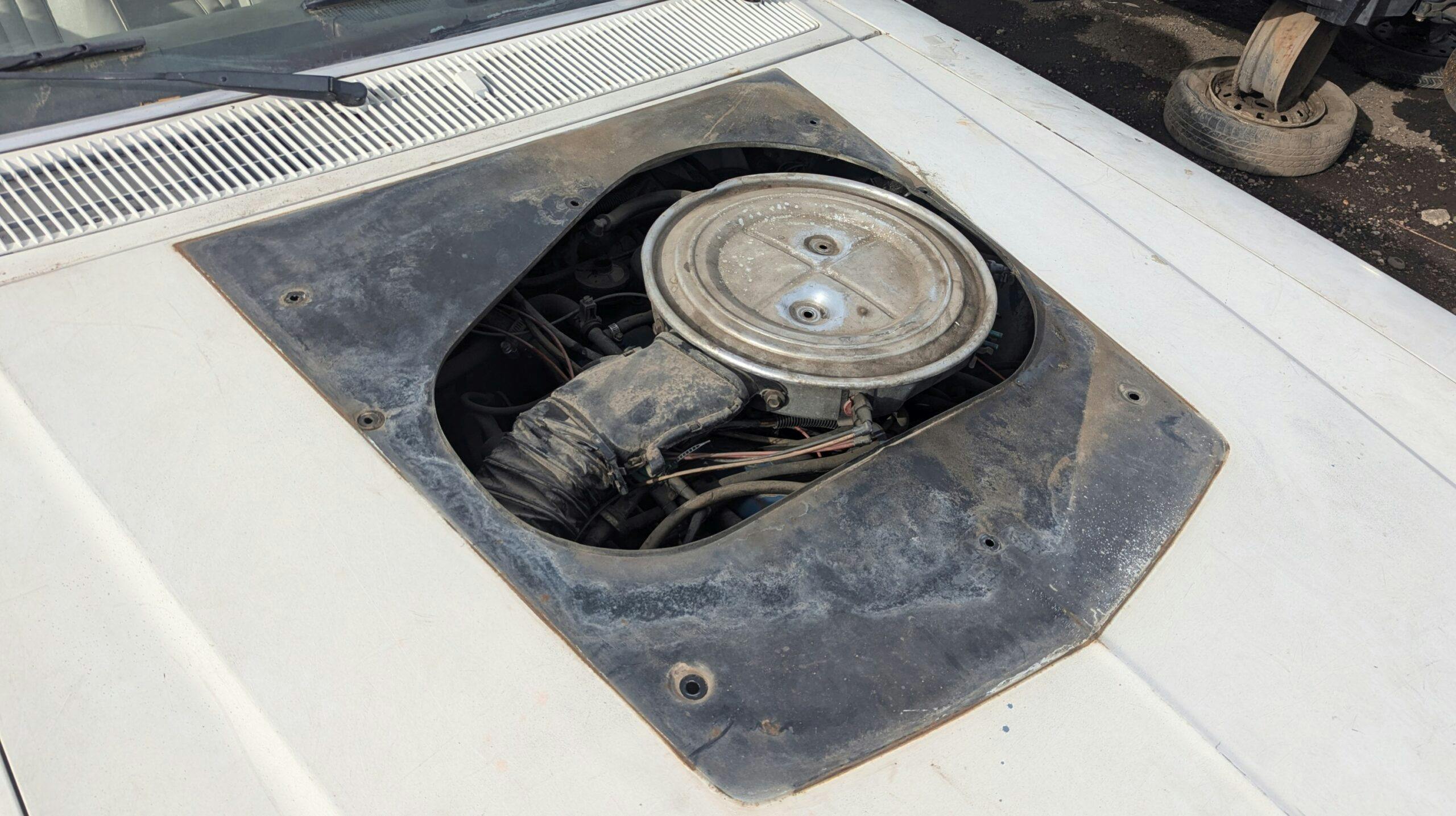

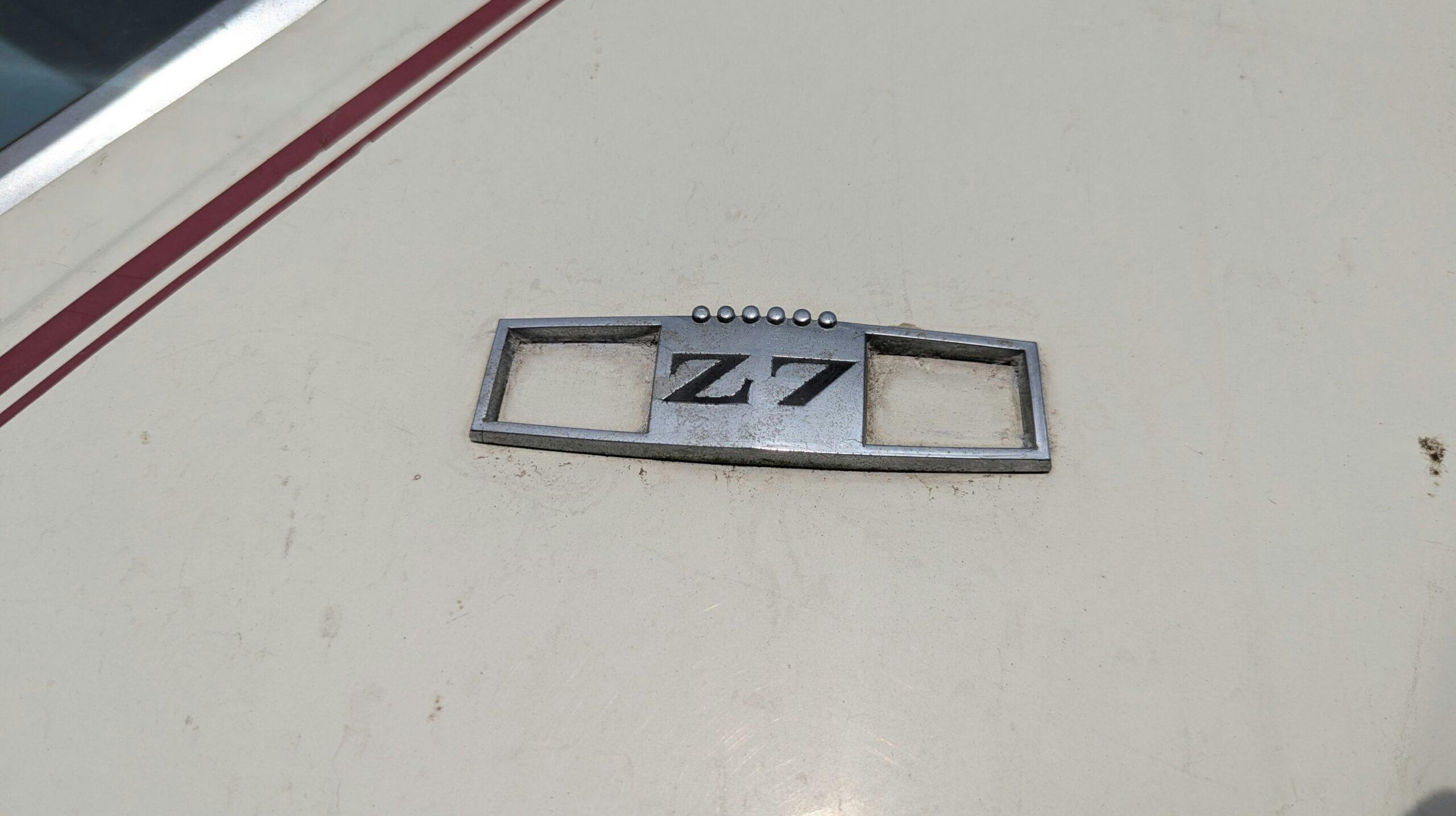

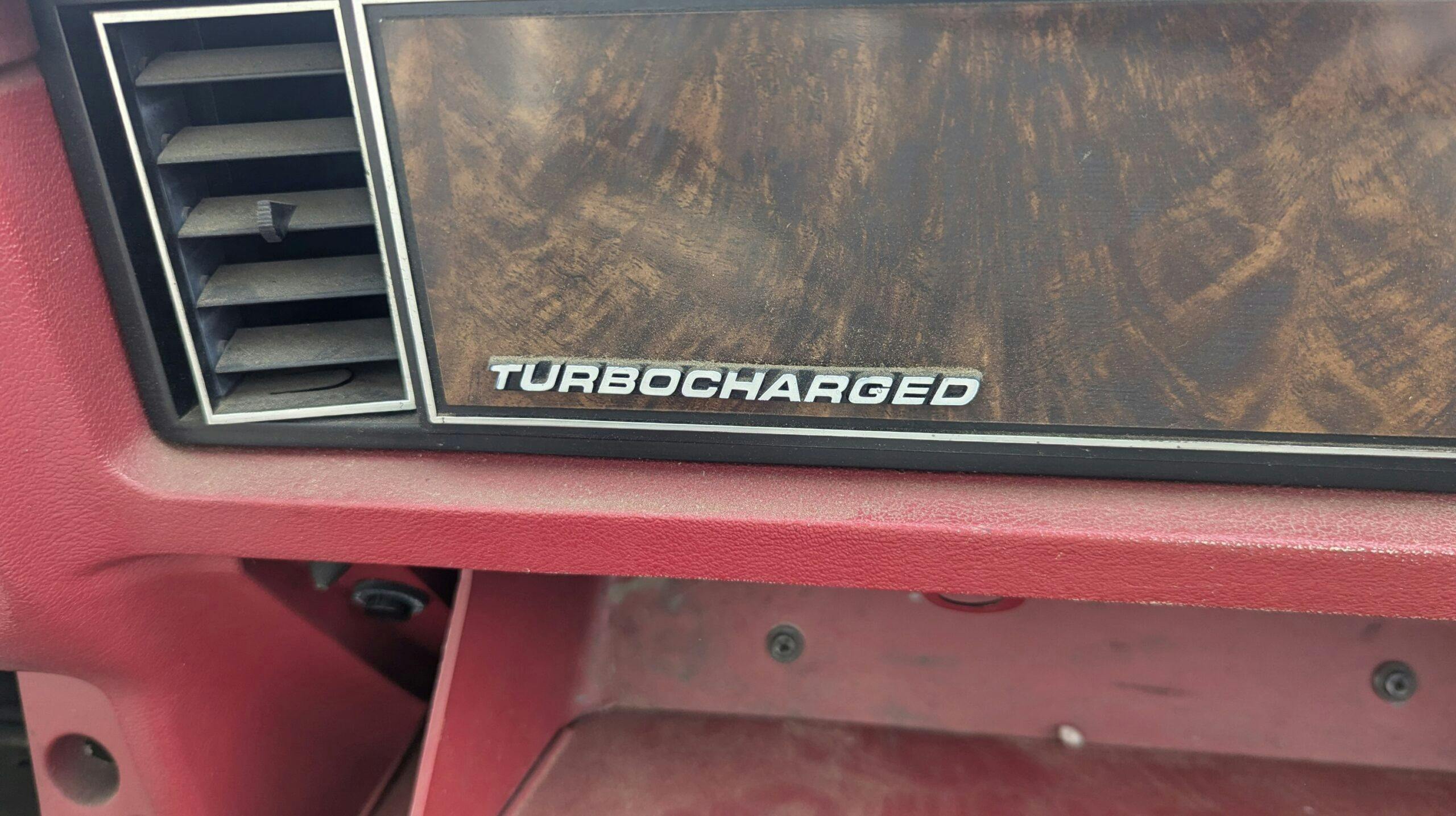
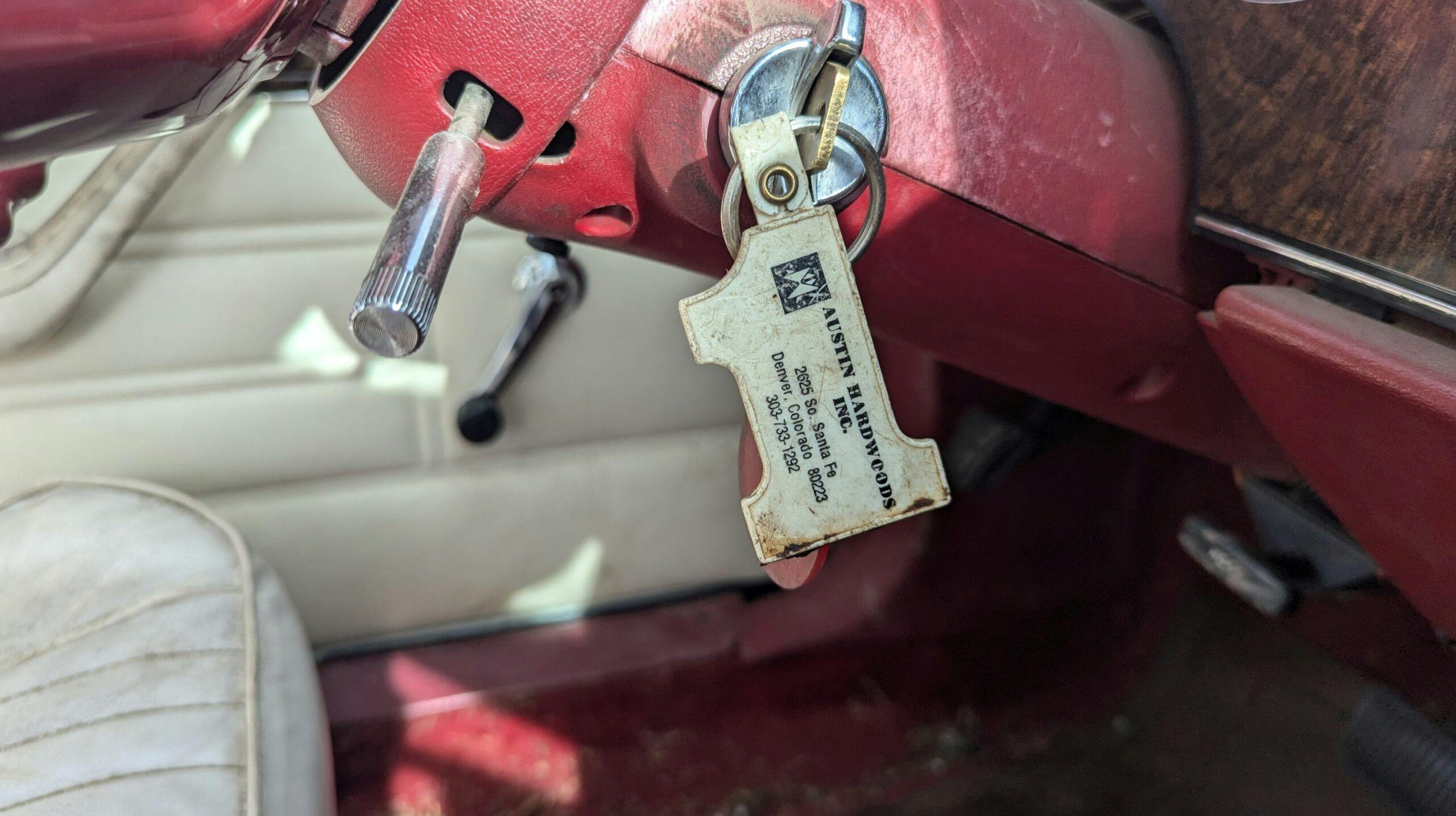



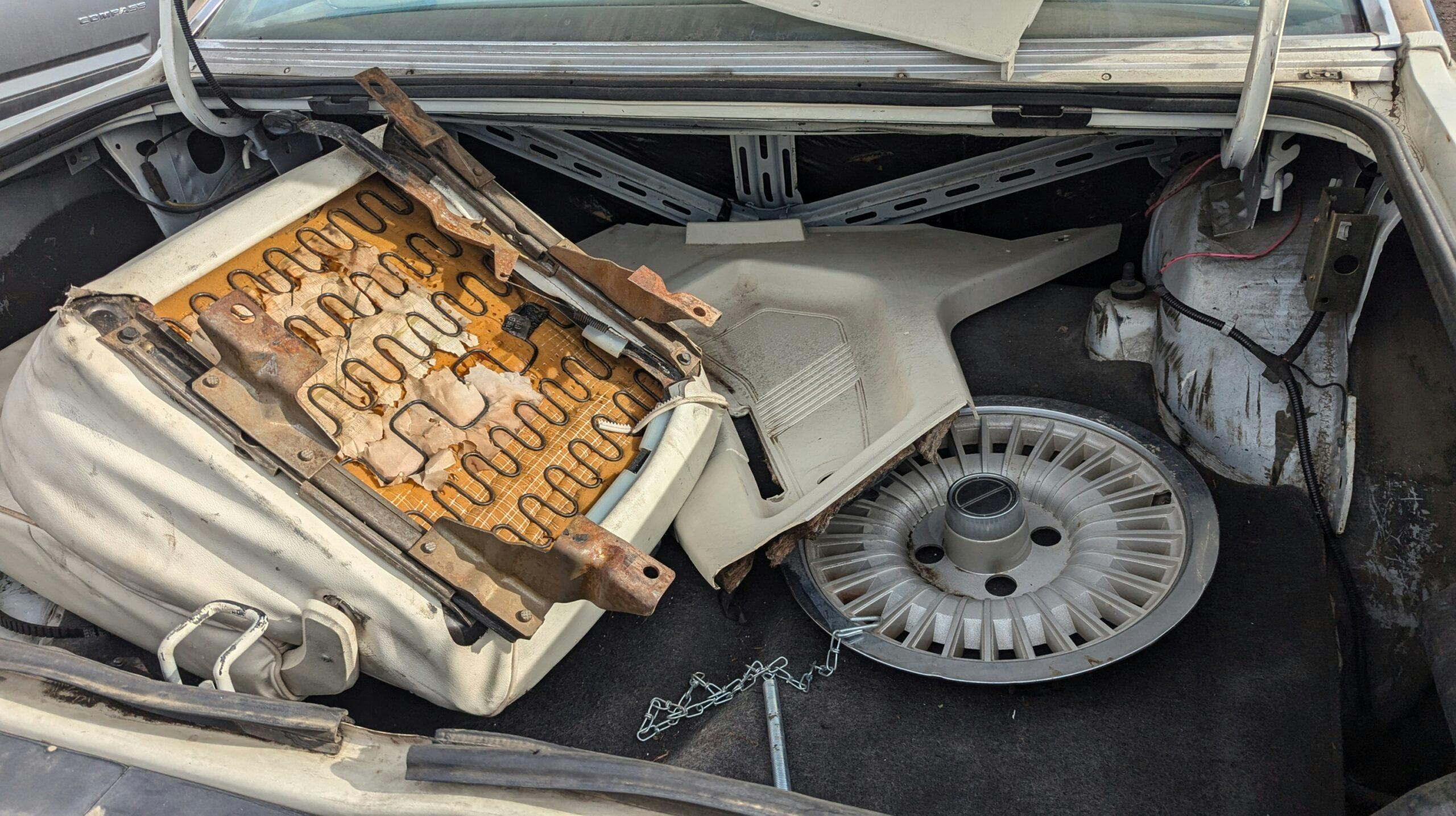

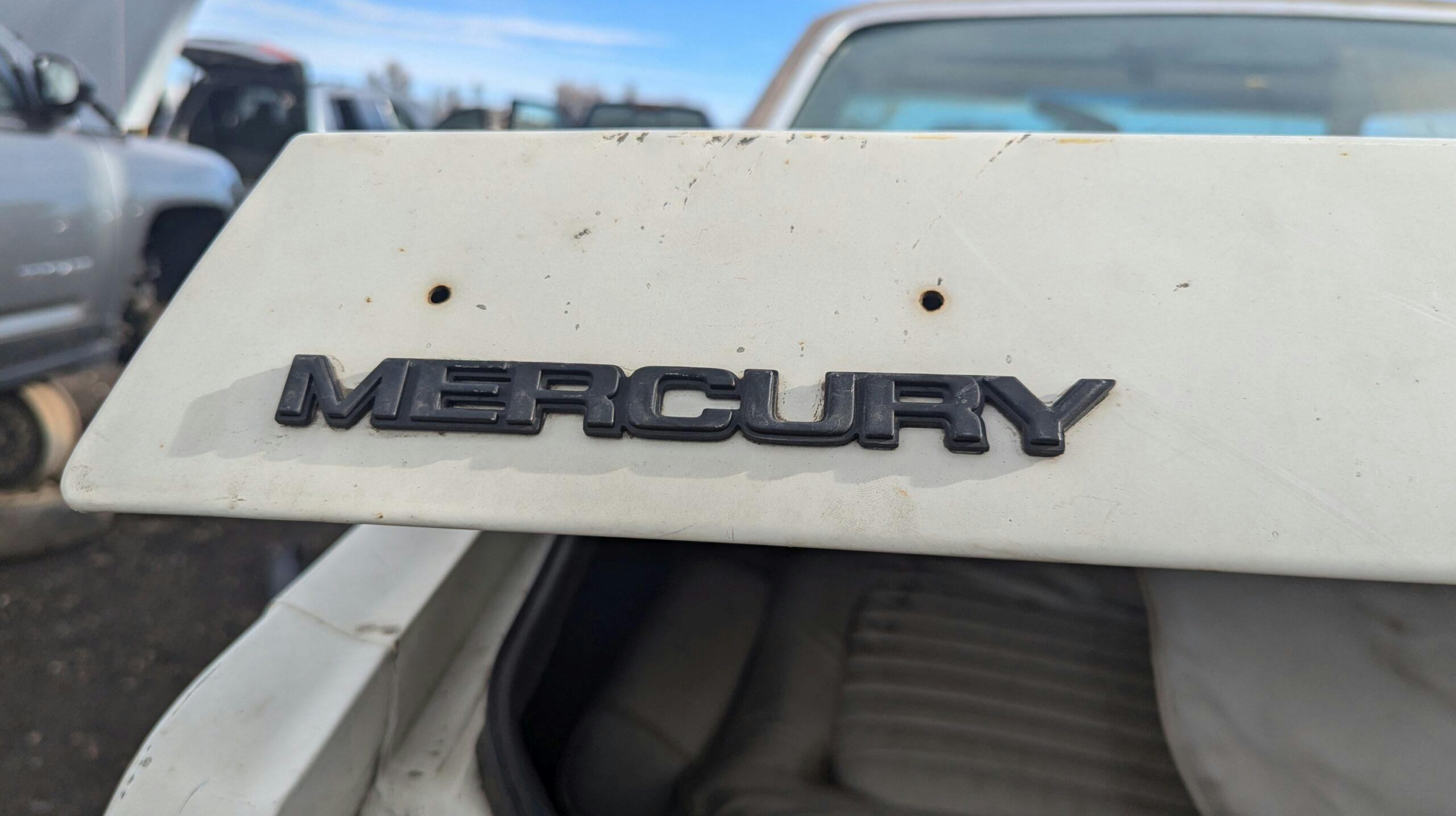




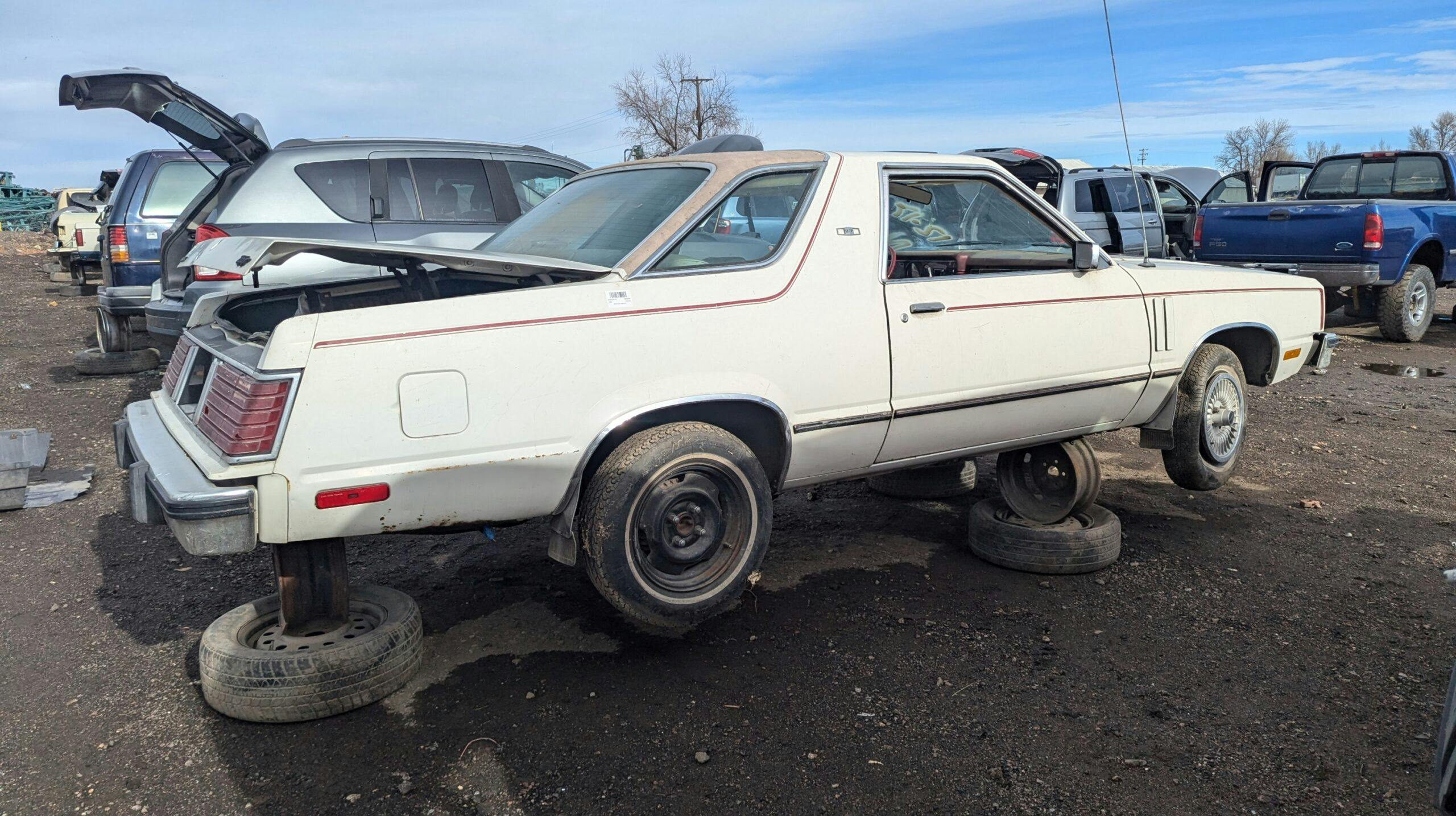
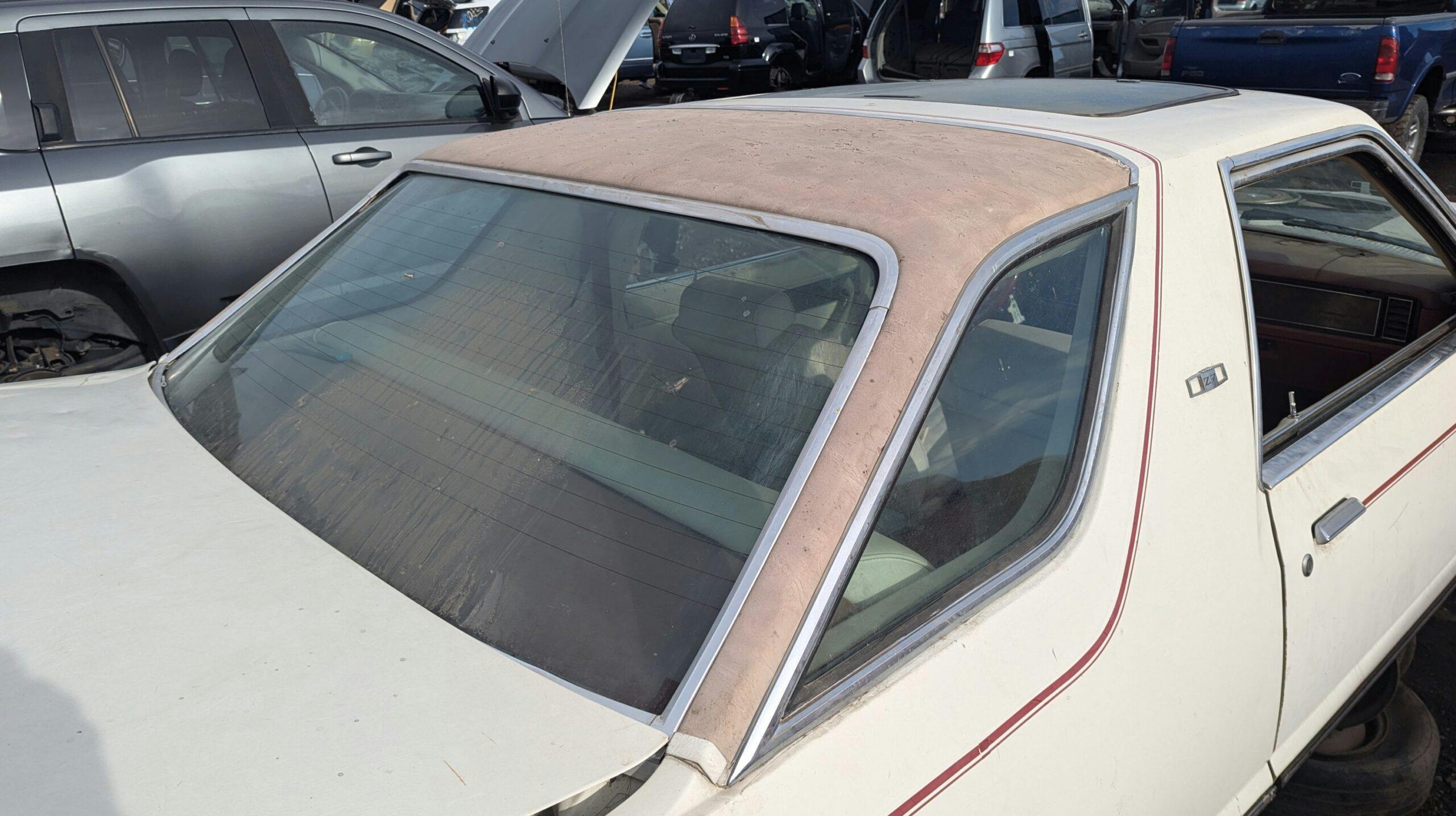
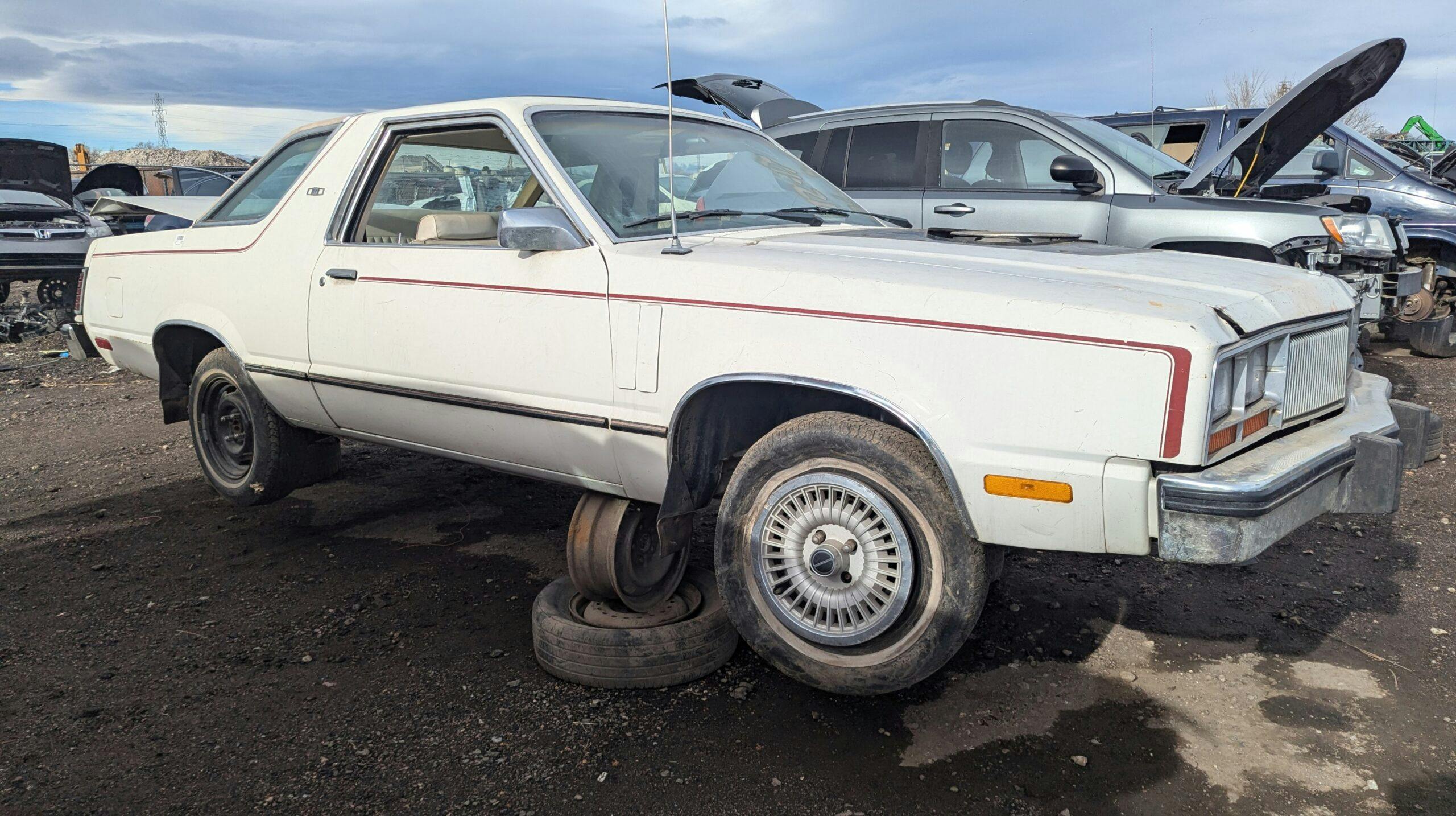


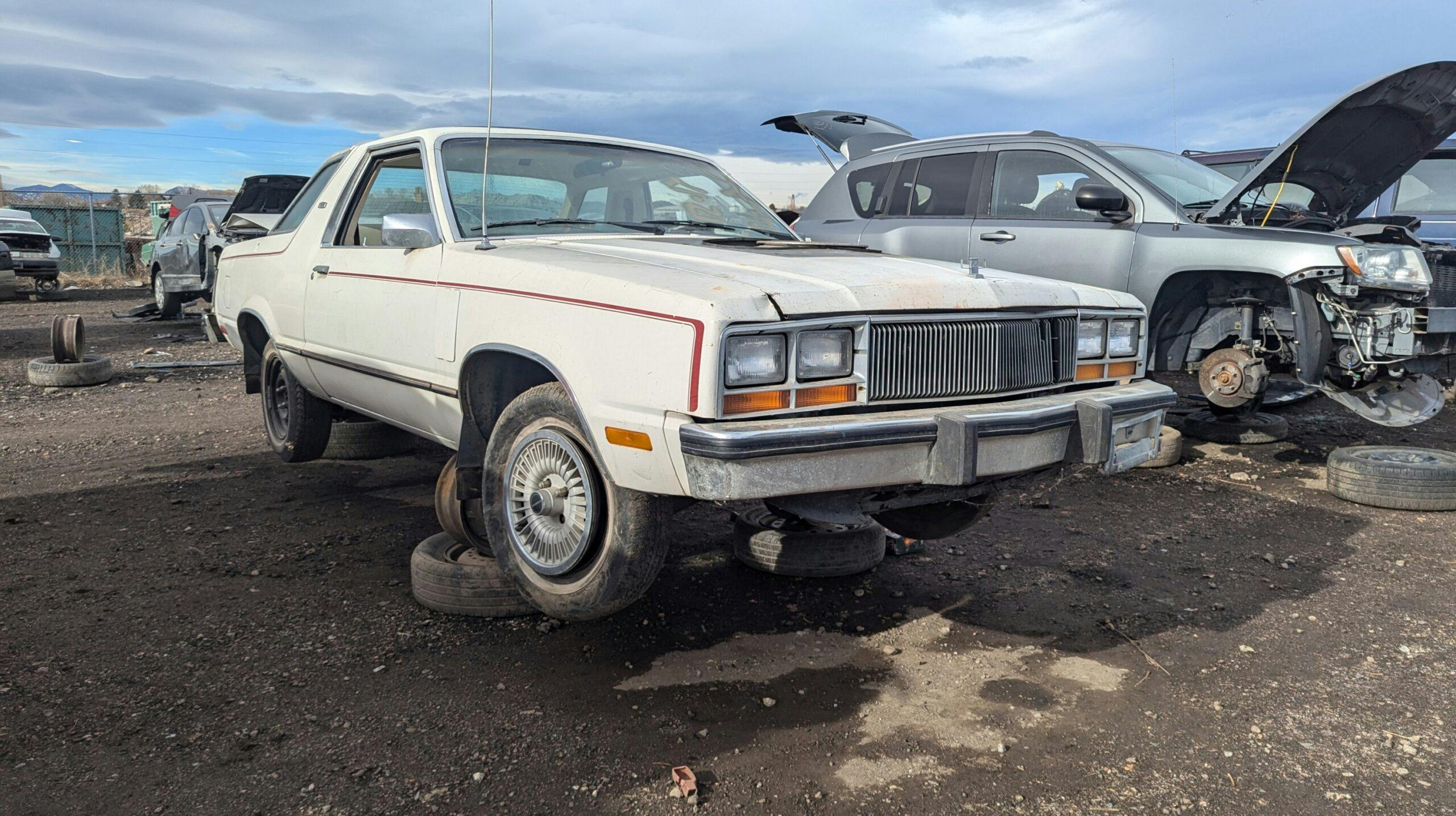

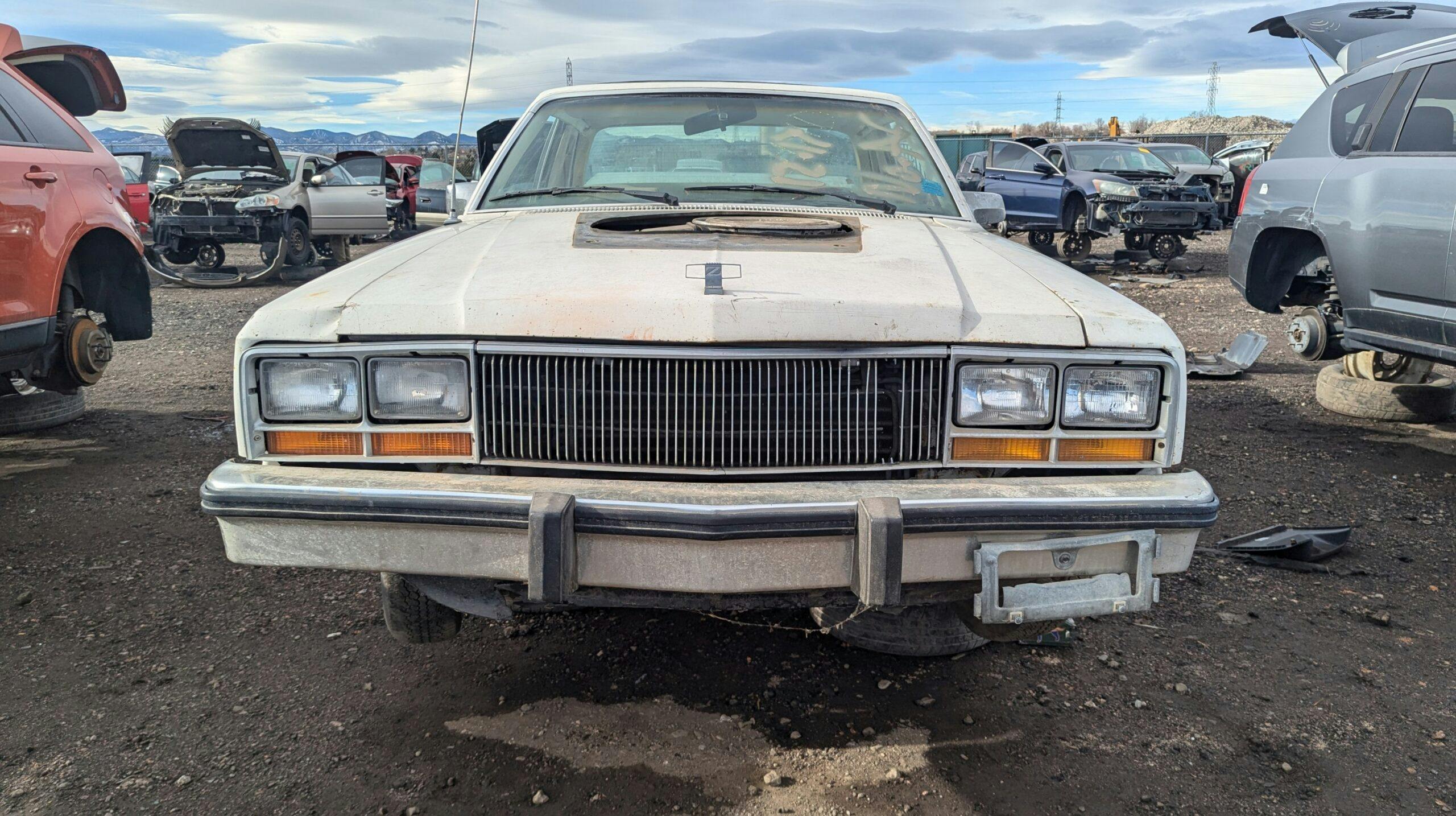
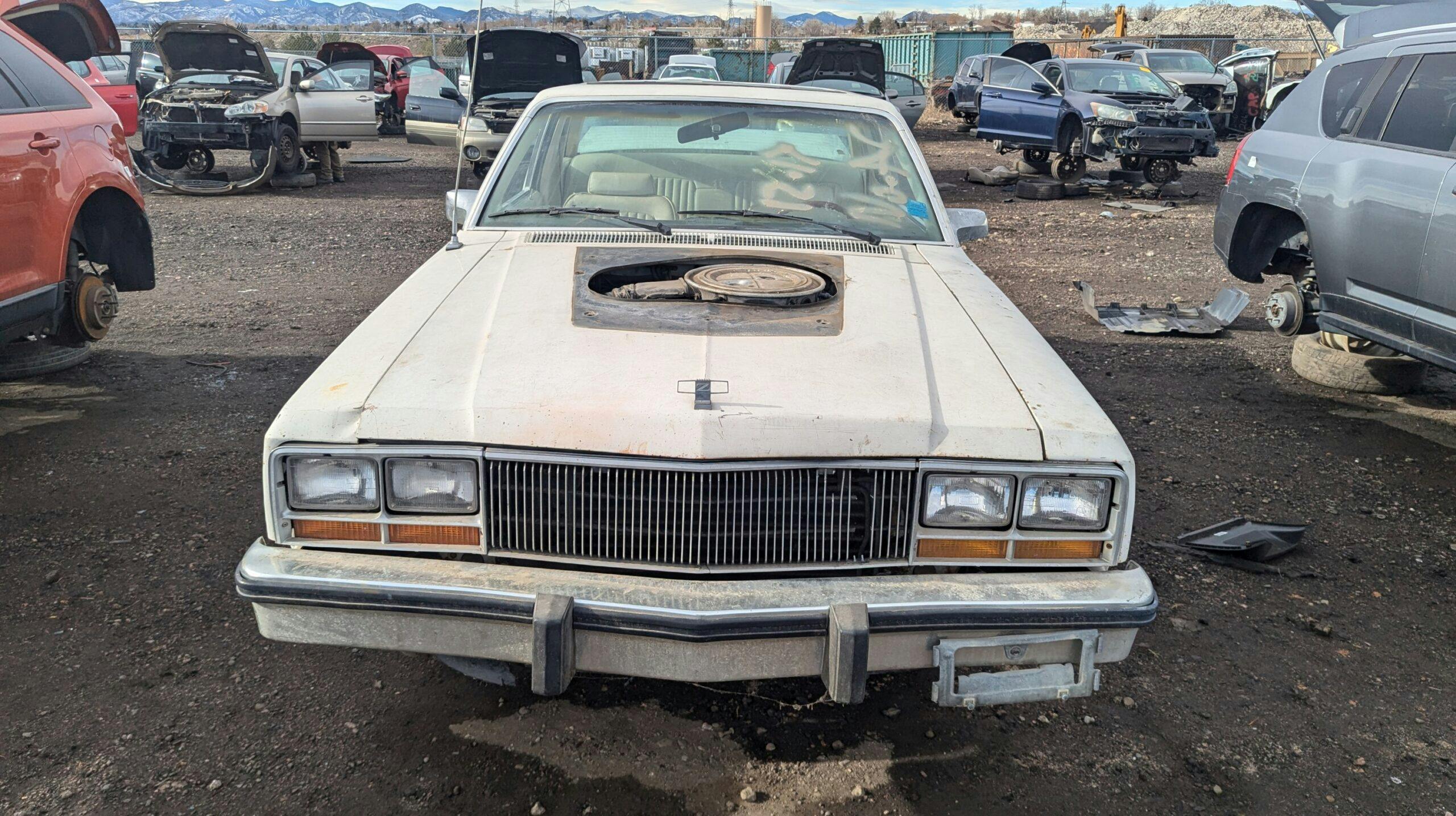

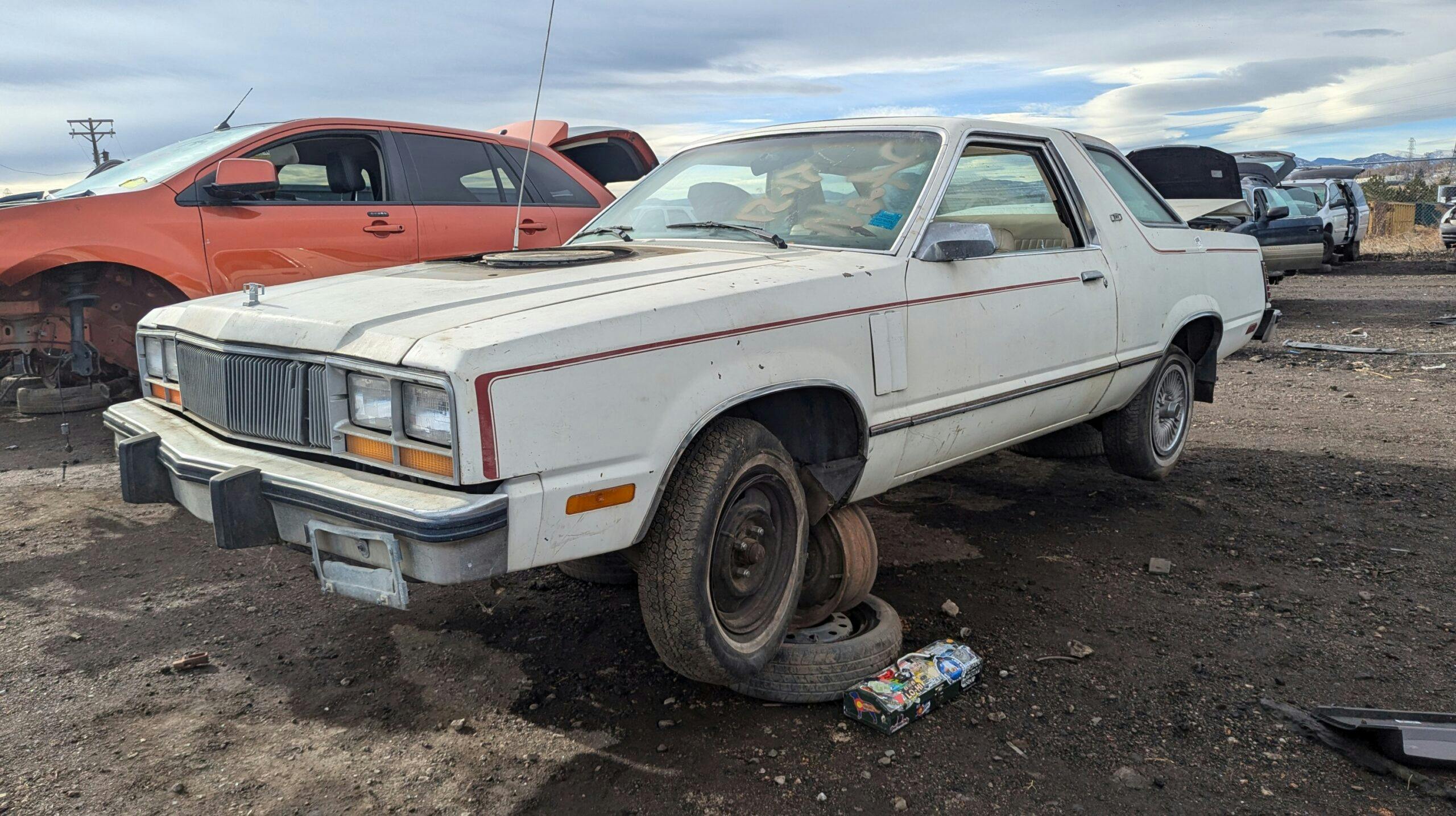
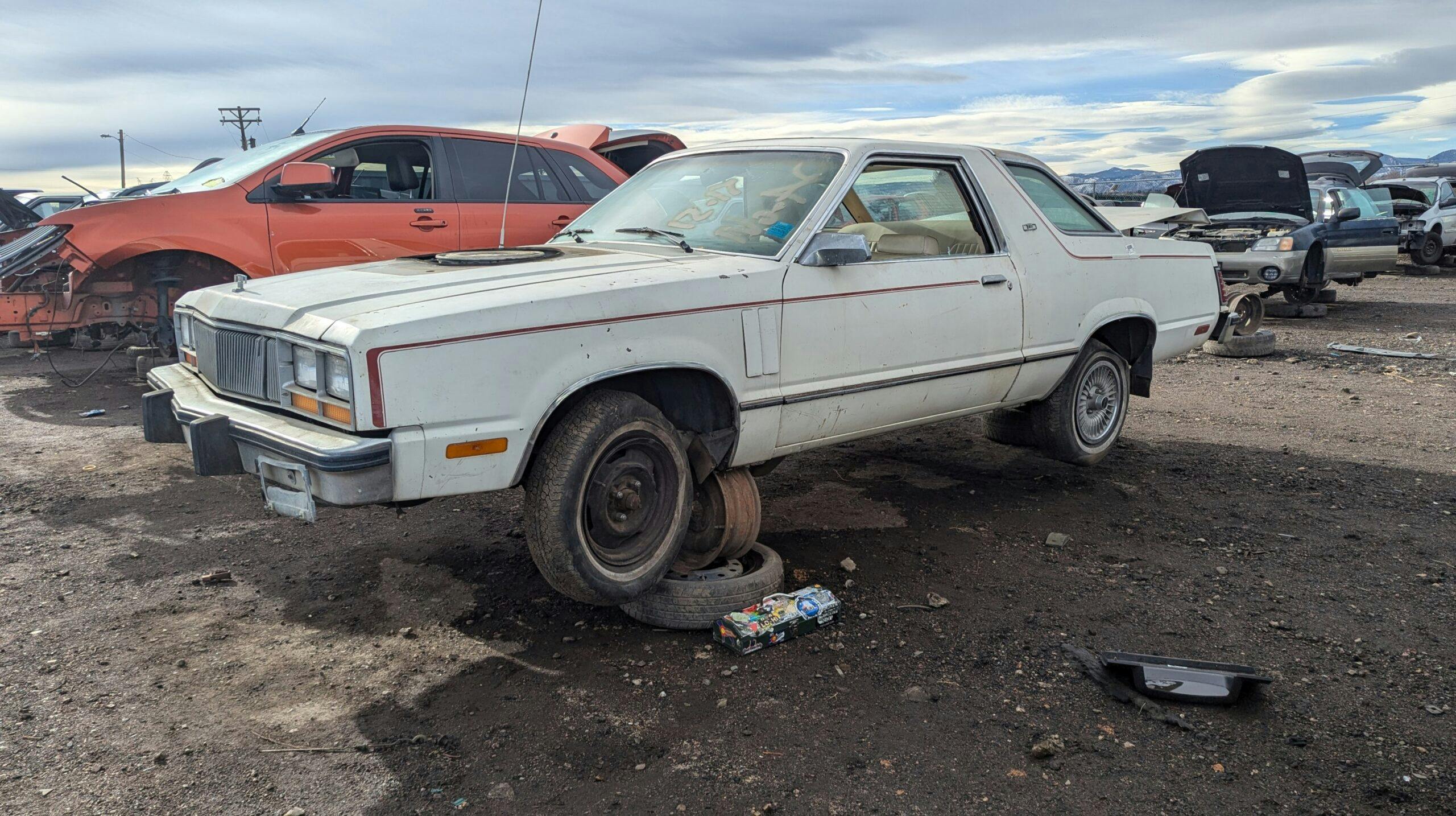
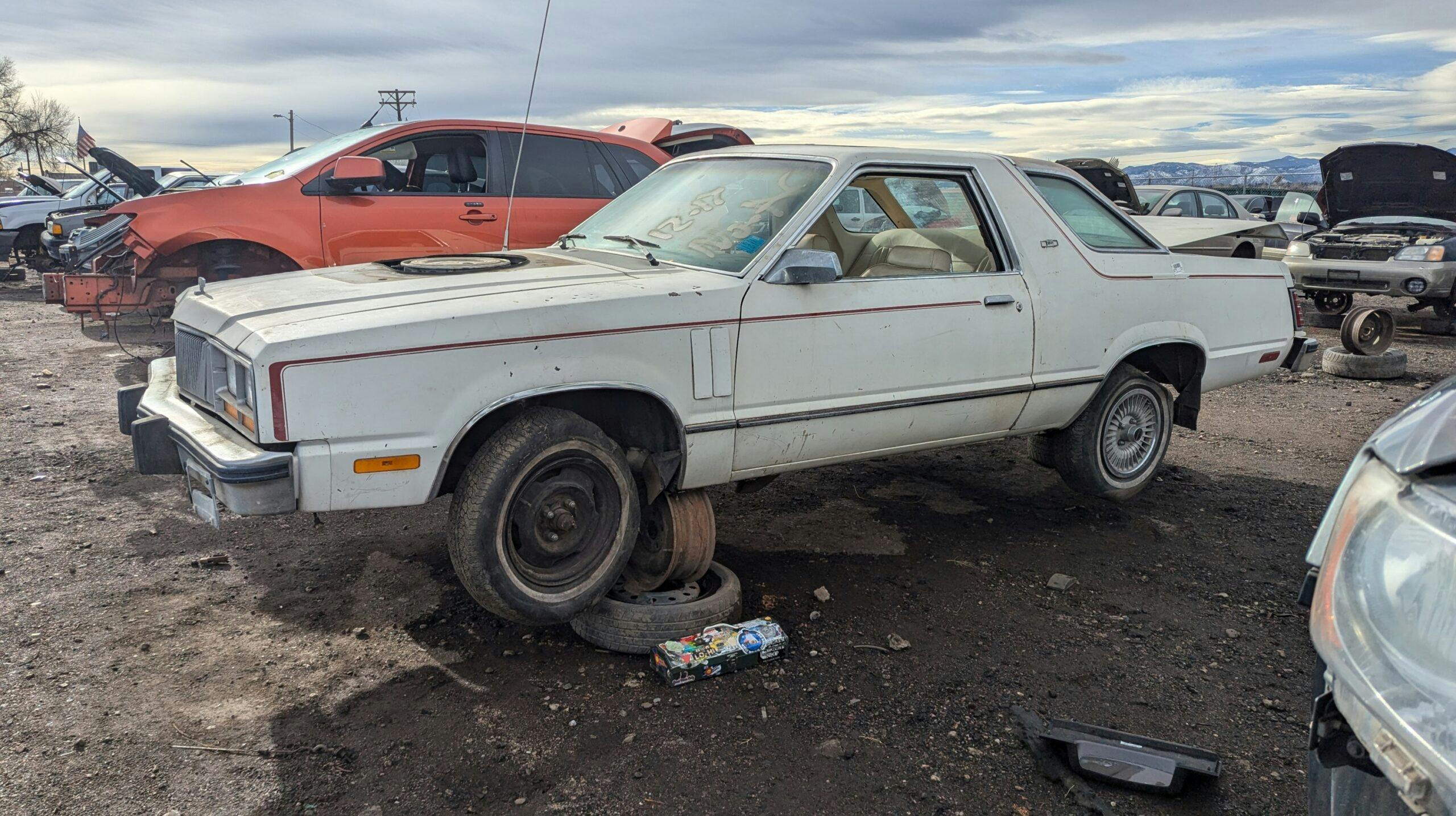
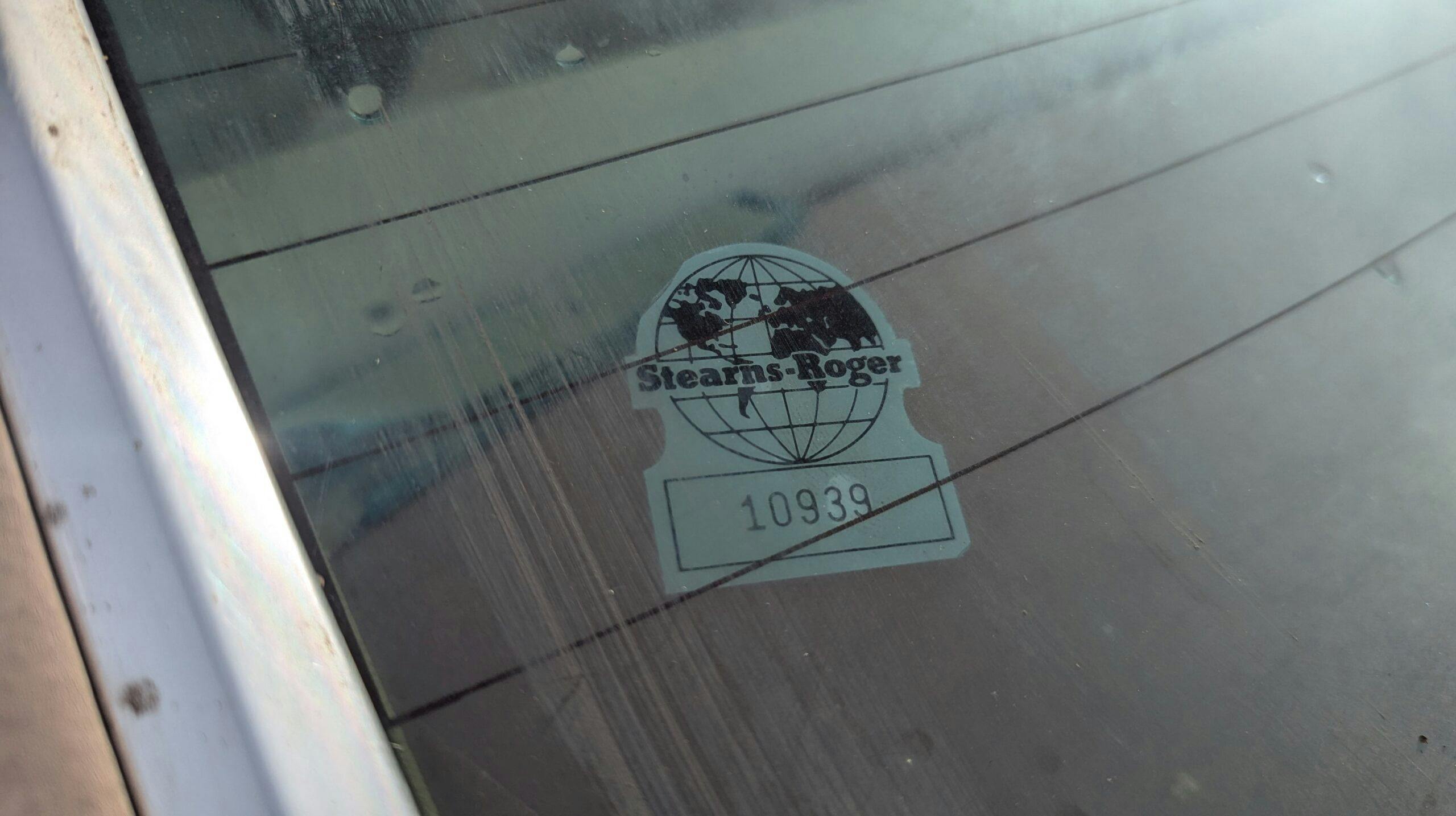

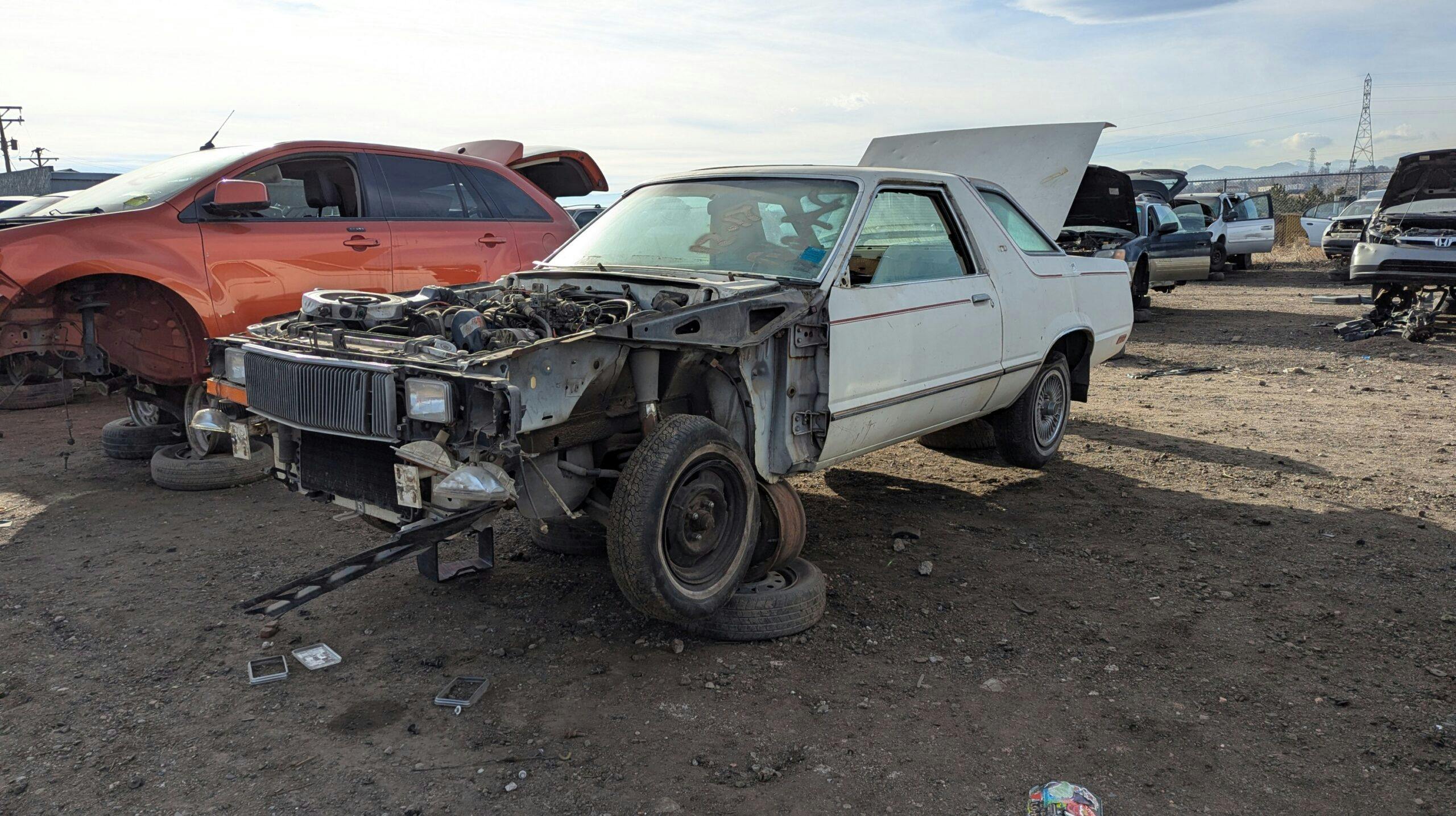
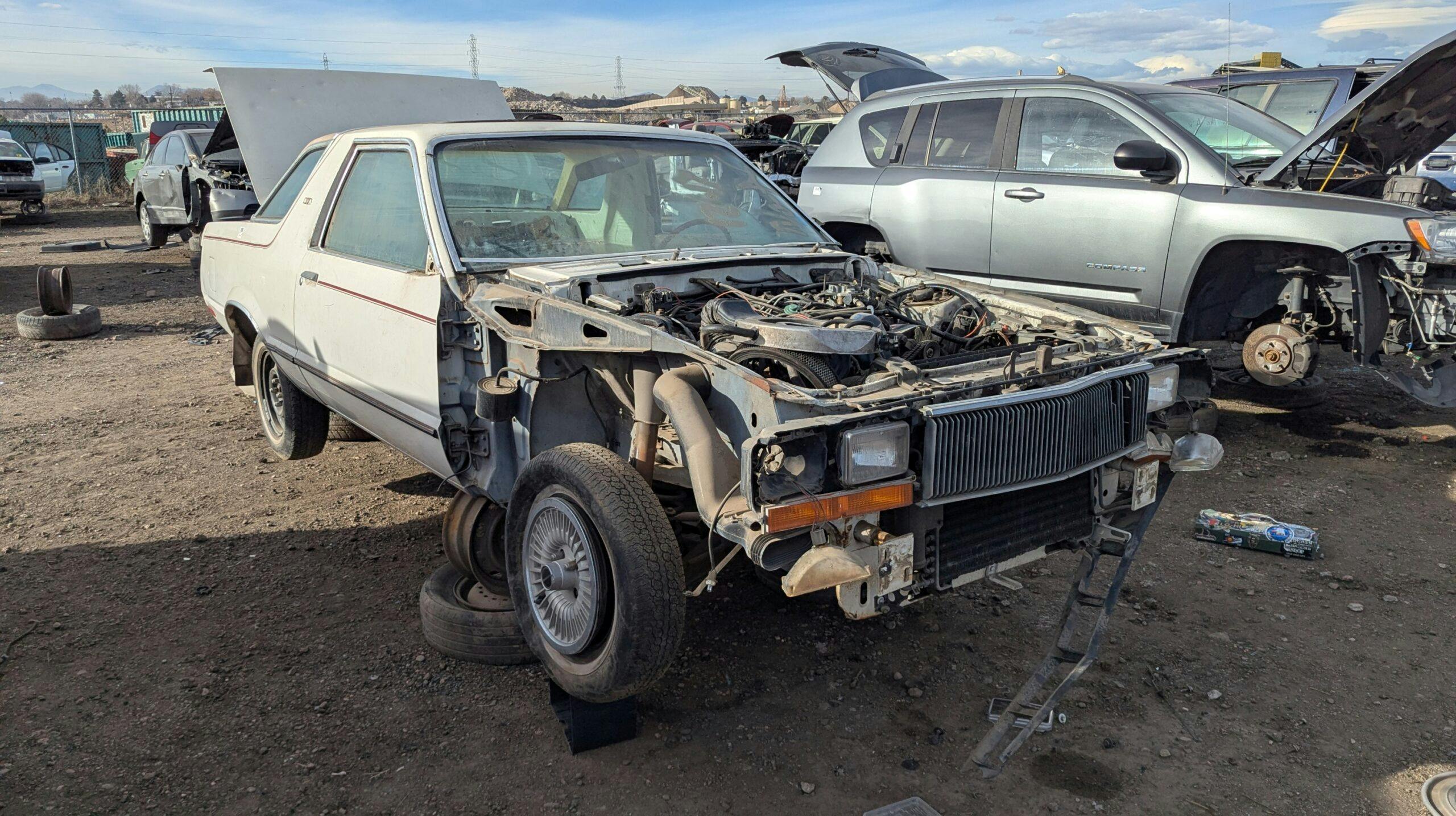
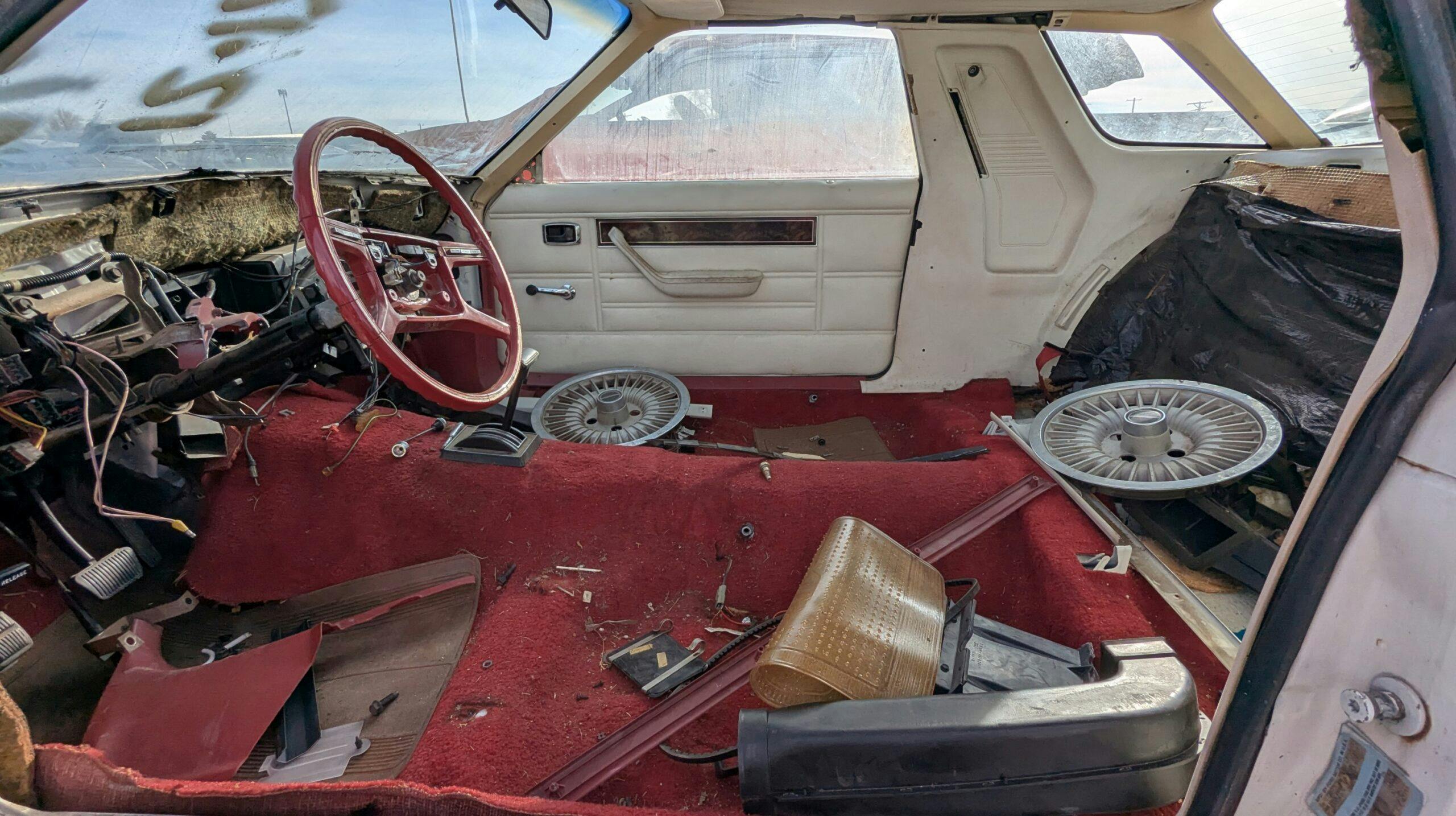


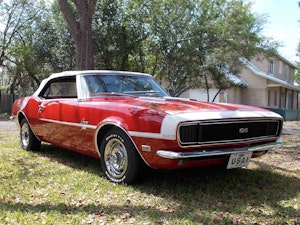


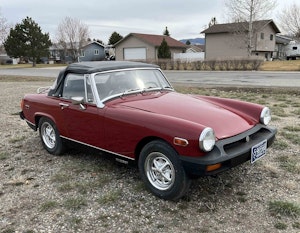



















































































with a Little Tweaking these things (Fairmont & zephyr) could really get up & go– As a classic you can take the Whole family out & attract a lot of attention-
I drove a Zephyr Z7 with a 302 V8 in the late “70”s silver with blue interior/blue pin stripes and thought it was the bomb! Always enjoyed hearing people mispronounce the name “Zepper”!
haven’t seen a Fairmont or Zephyr on the road in probably 30 years
Mom bought a 1980 2dr Zephyr to replace an aging Nova. Her first words driving it home were “It’s slow… like it’s drunk.” The Nova was a 1975 with a 350…. of course. She loved the new one. Yellow and gold two-tone. Top speed was barely 80 and it sounded like it was about to explode to get there. Lasted over 150K miles….
It amazes me that the interior on that thing would be so completely stripped in one day! Who in the world wants parts from a car like this? There’s been an early ’80s Escort at my favorite rural yard about 80-90 miles from my house and I think someone finally took the mint front seats from it the last time I was there – the engine compartment and rest of the interior were mostly still intact. Same story with a BMW diesel-engined Mark VII there a few years ago. Now here in Phoenix, they’re practically stripping the cars before the loader gets his forks out from underneath them…
Interesting…. Back in the day, I had an ’82 Mustang GT with 5.0L. The hood wore a non-functional hood scope, and underneath the scoop, the hood was cut to the same pattern as this Zephyr’s hood. I guess they sourced the early GT hoods from the ’79 Pace car, which could be ordered with the turbo 2.3L.